In the wake of the success it had with the LEAF EV, Nissan is extending its ambitions in the crossover segment with the futuristic-looking Ariya, an all-electric crossover based on the Ariya prototype shown in 2019 in Tokyo.
As you’d expect, the styling cues flaunted by that Ariya - inside and outside - have a clear correspondent in Japanese tradition. The Ariya is available in 2WD and 4WD guise. Customers can also pick from one of the two available battery packs. We’ll get into more detail below.
2021 Nissan Ariya
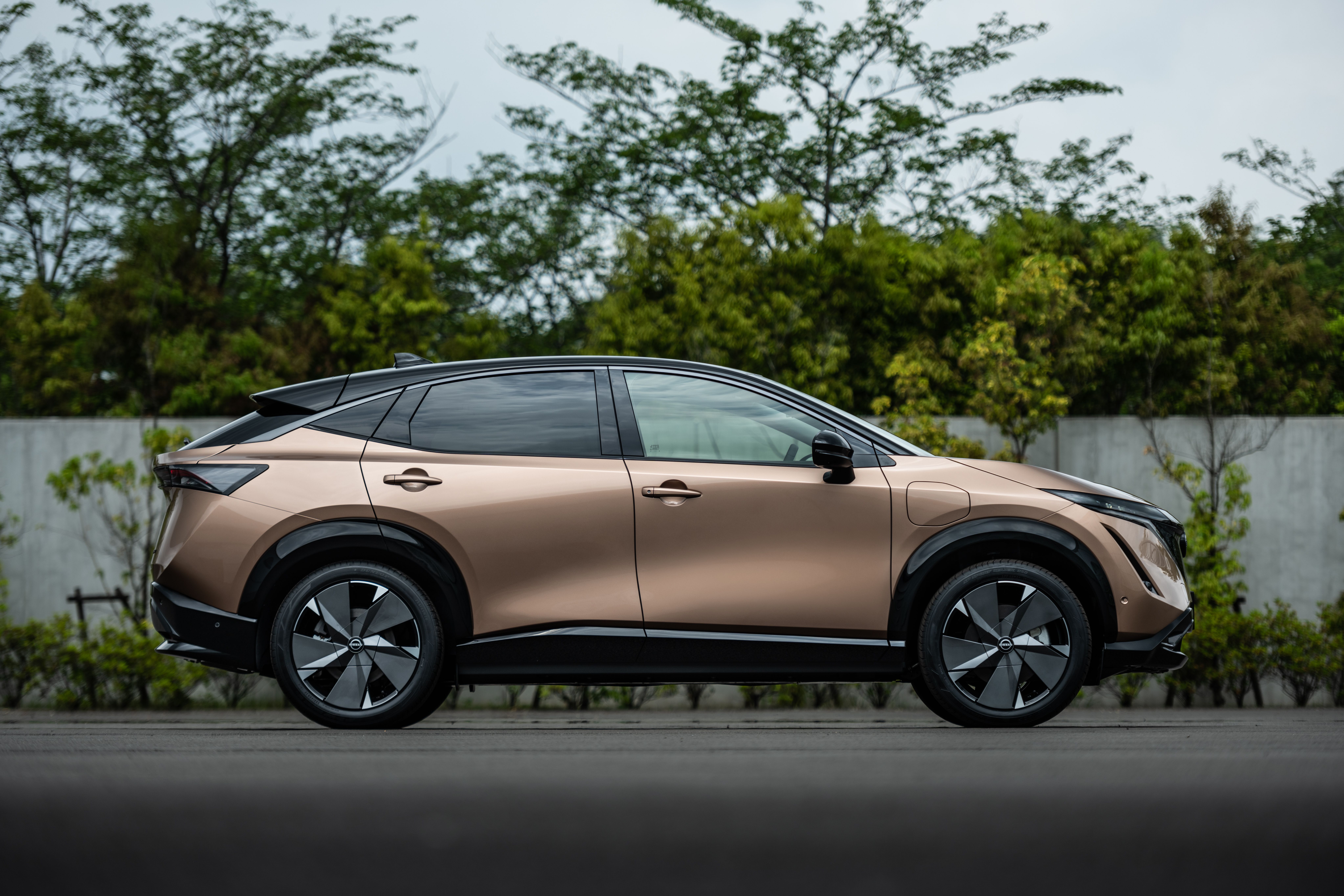

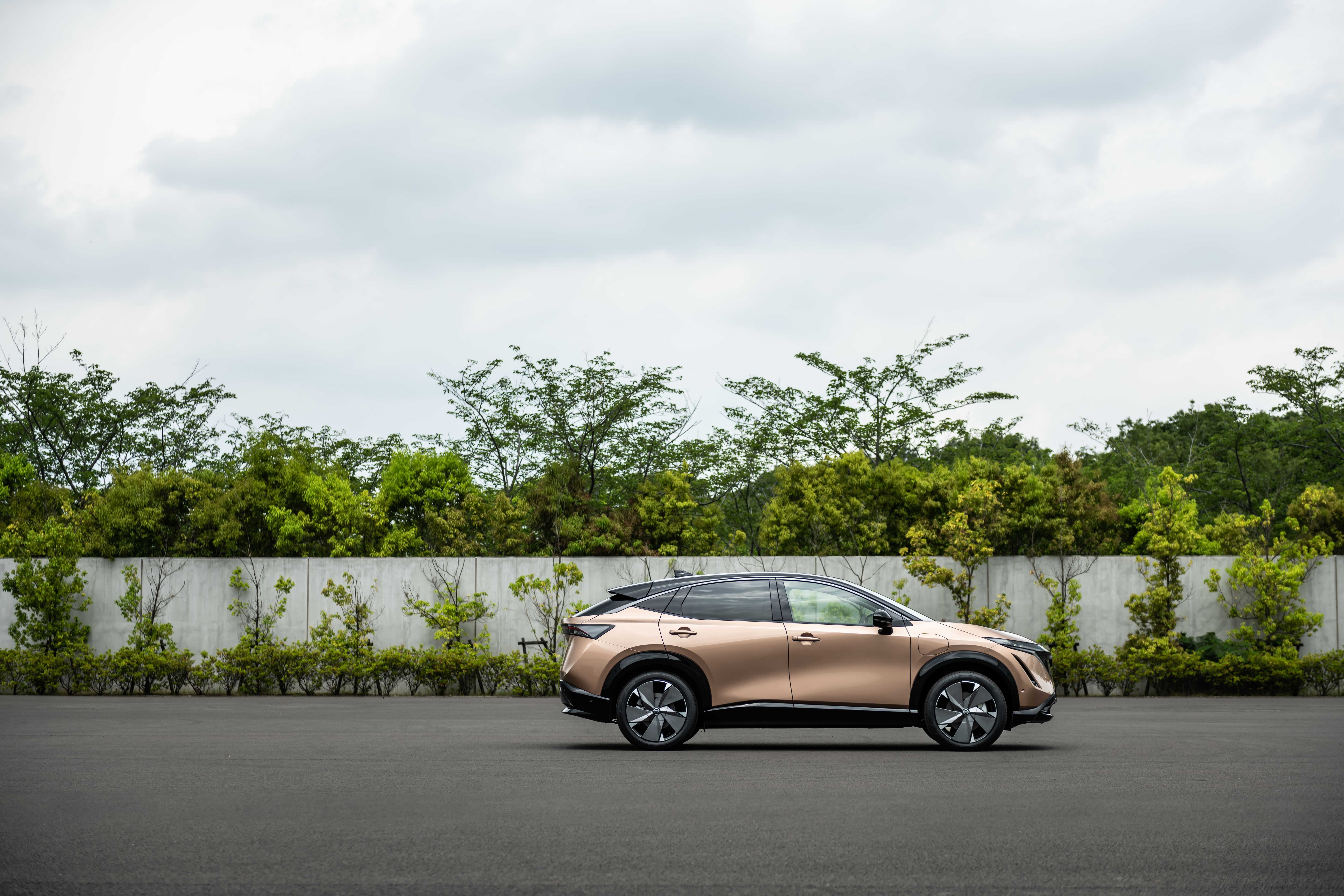
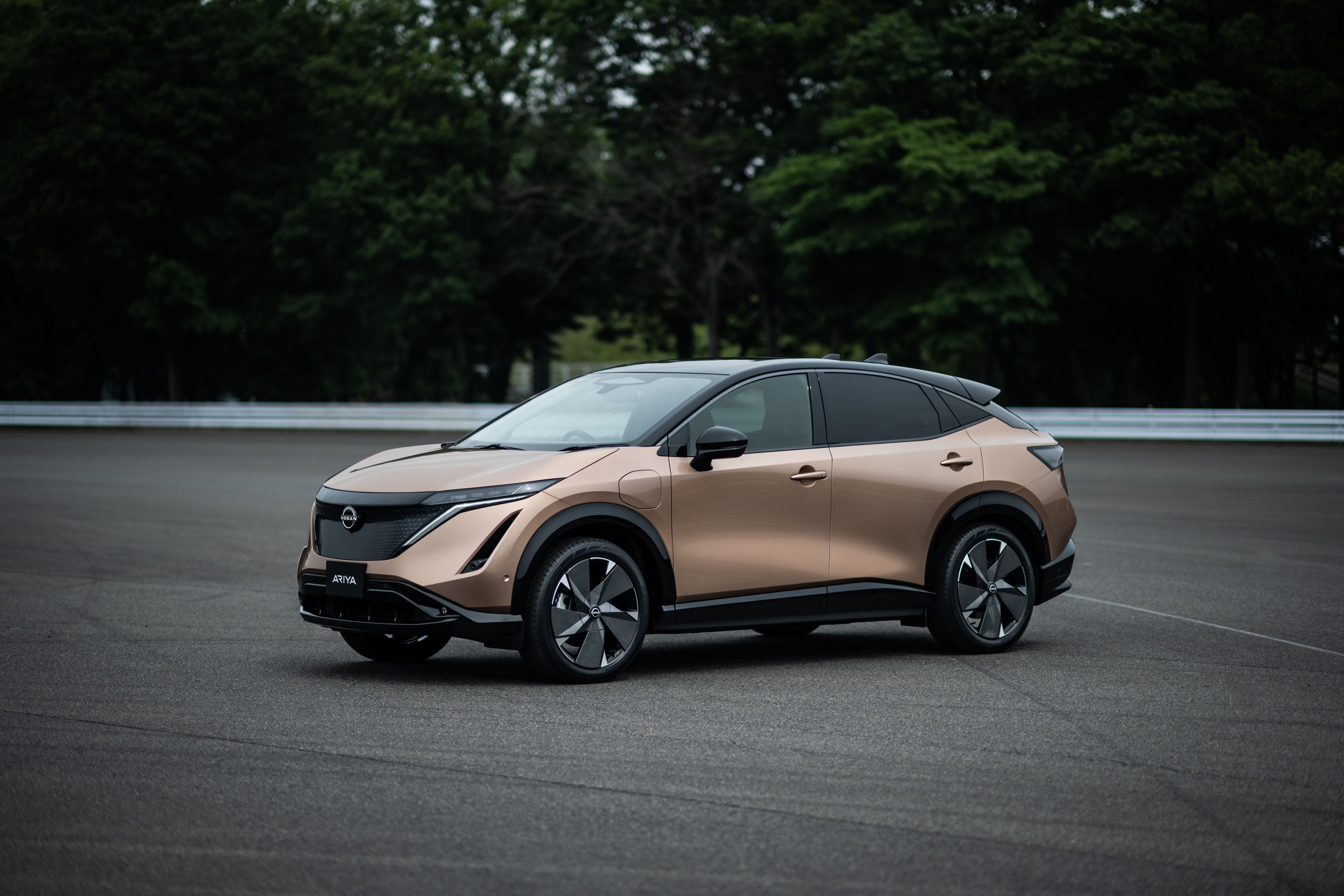
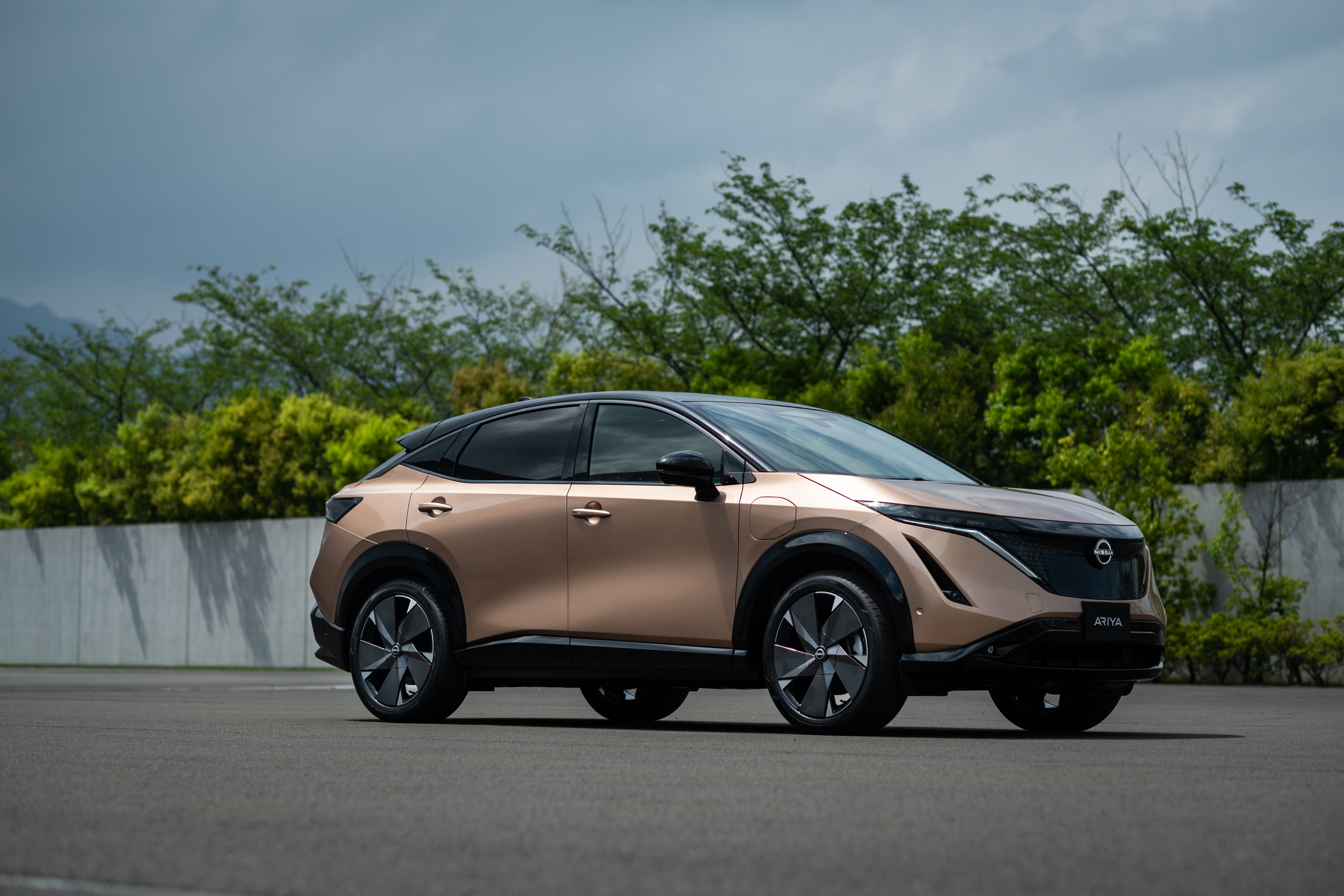
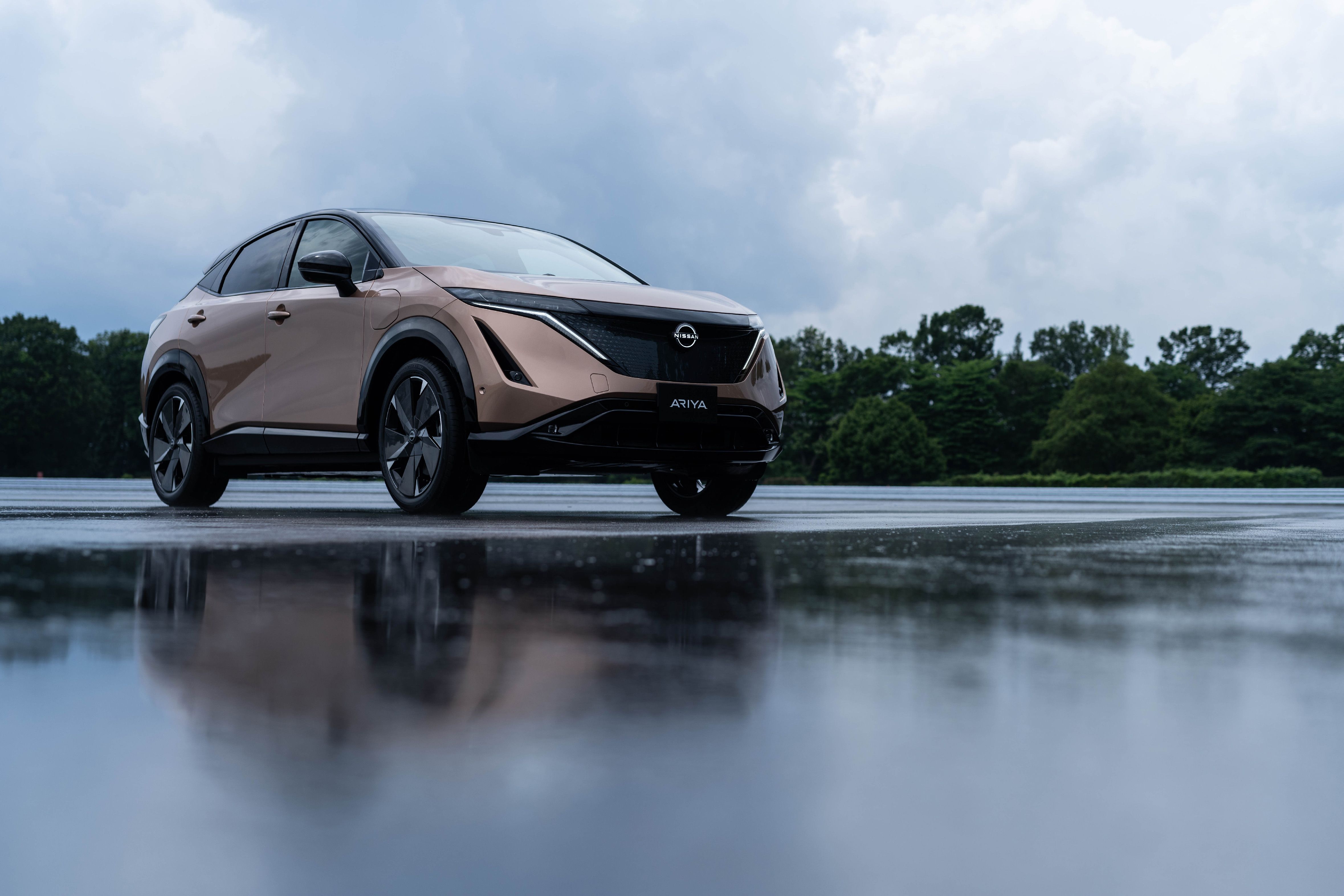
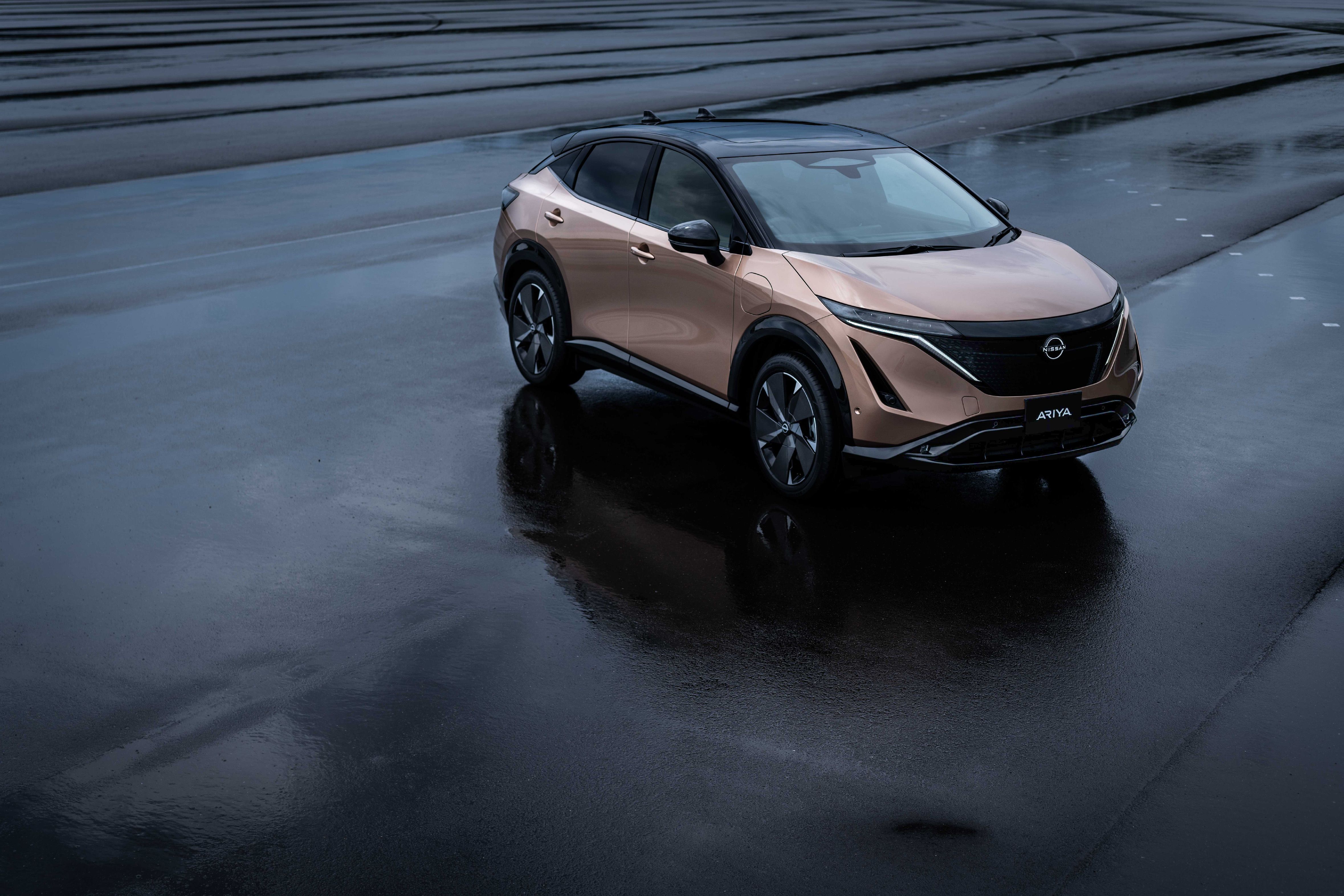
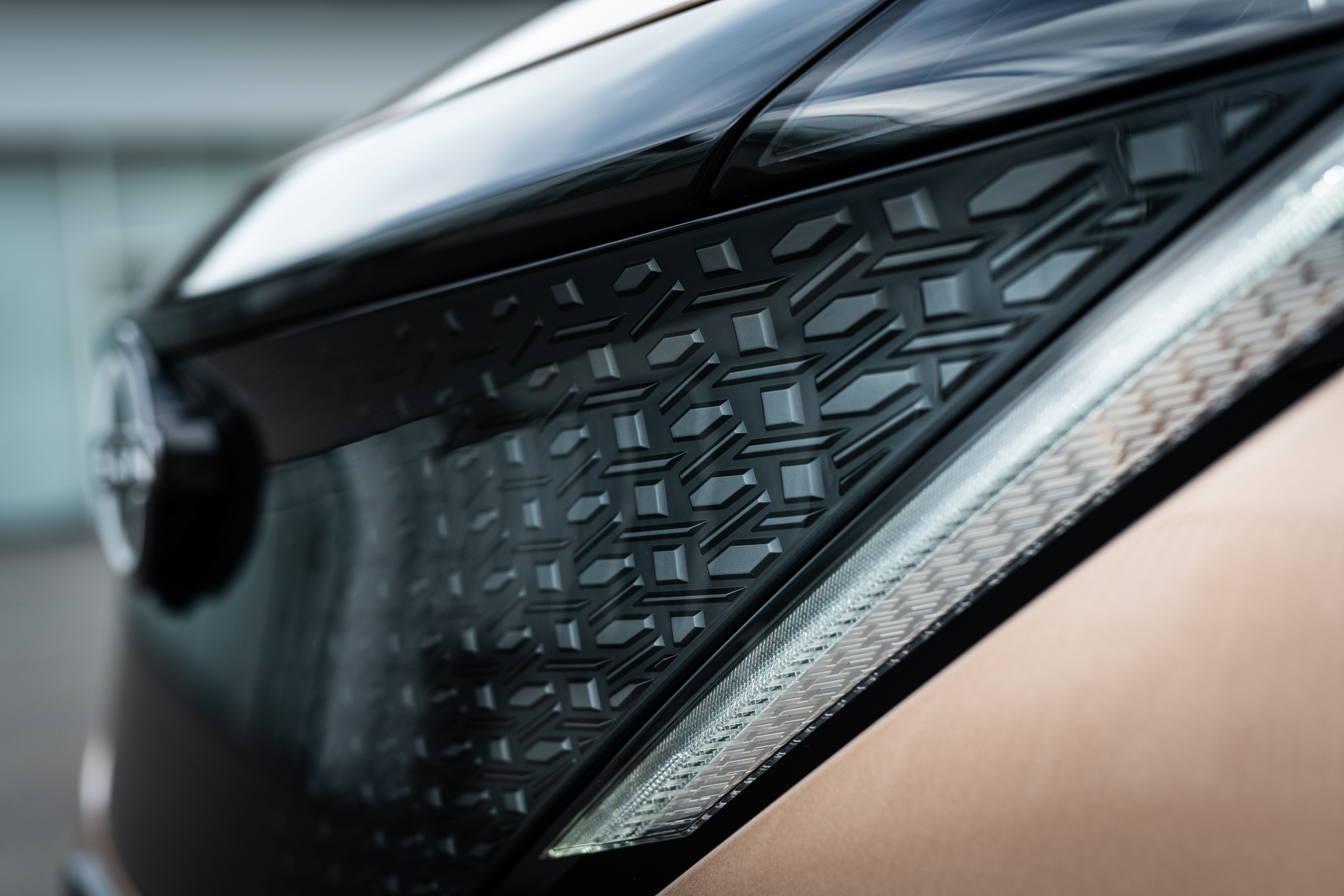
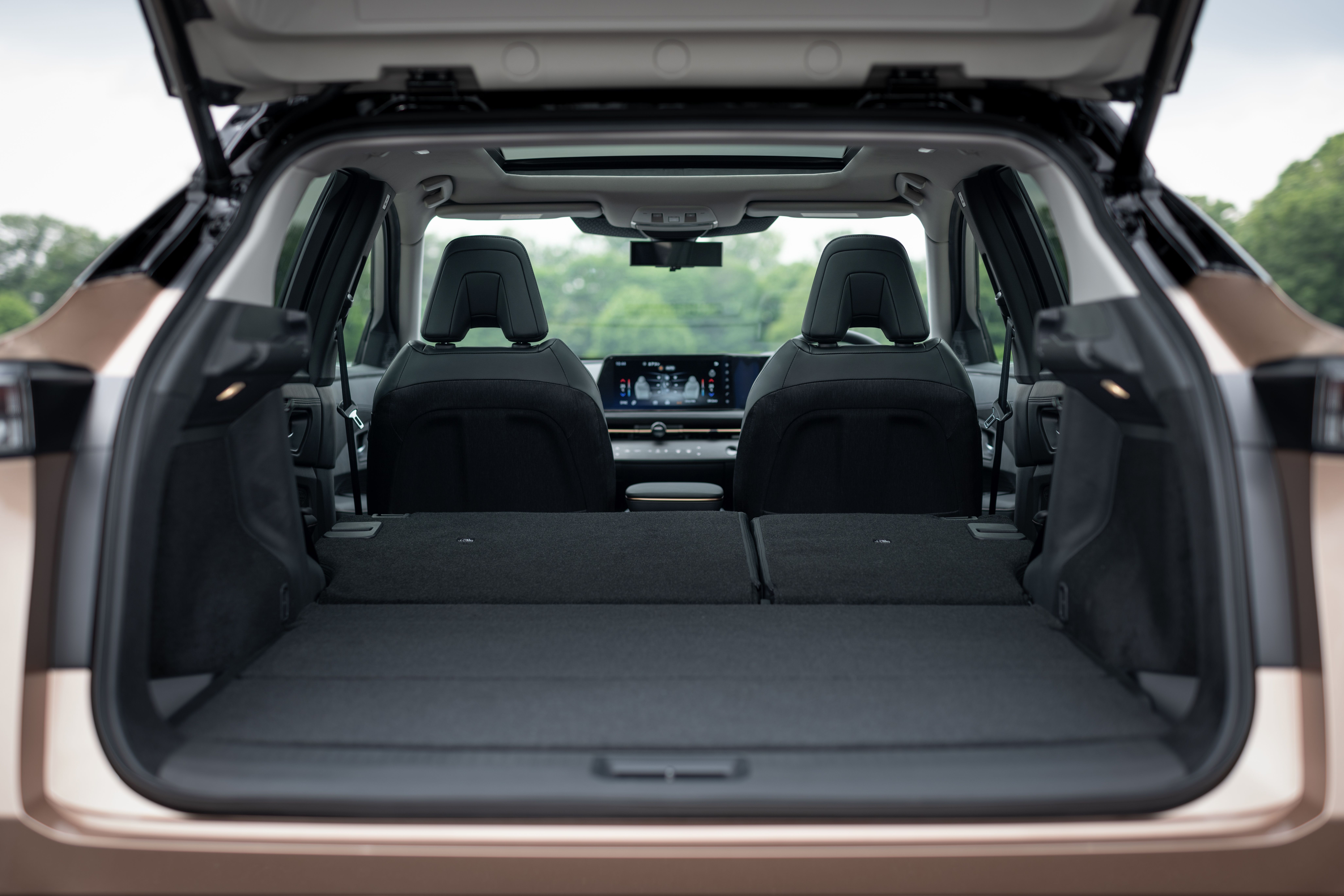
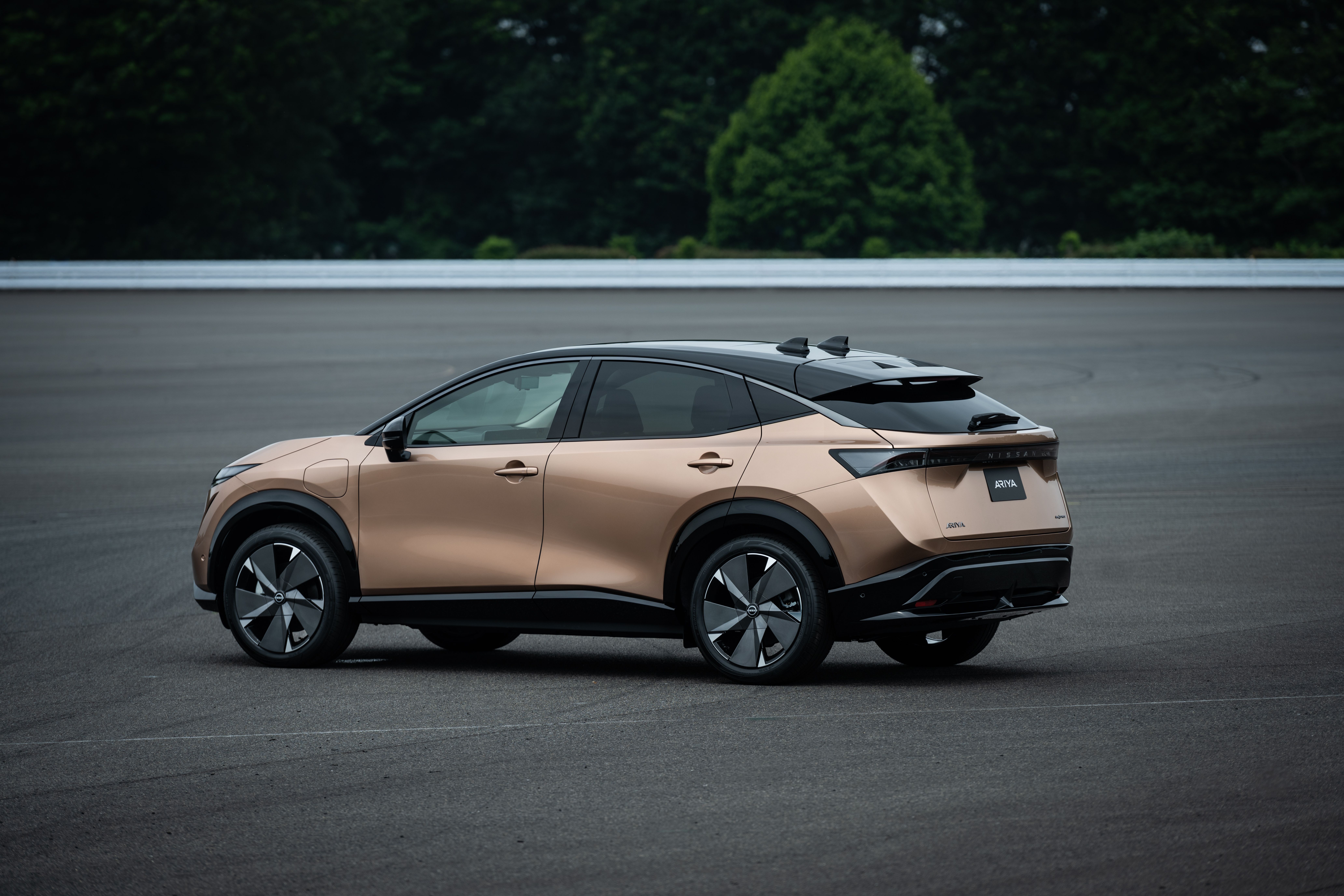
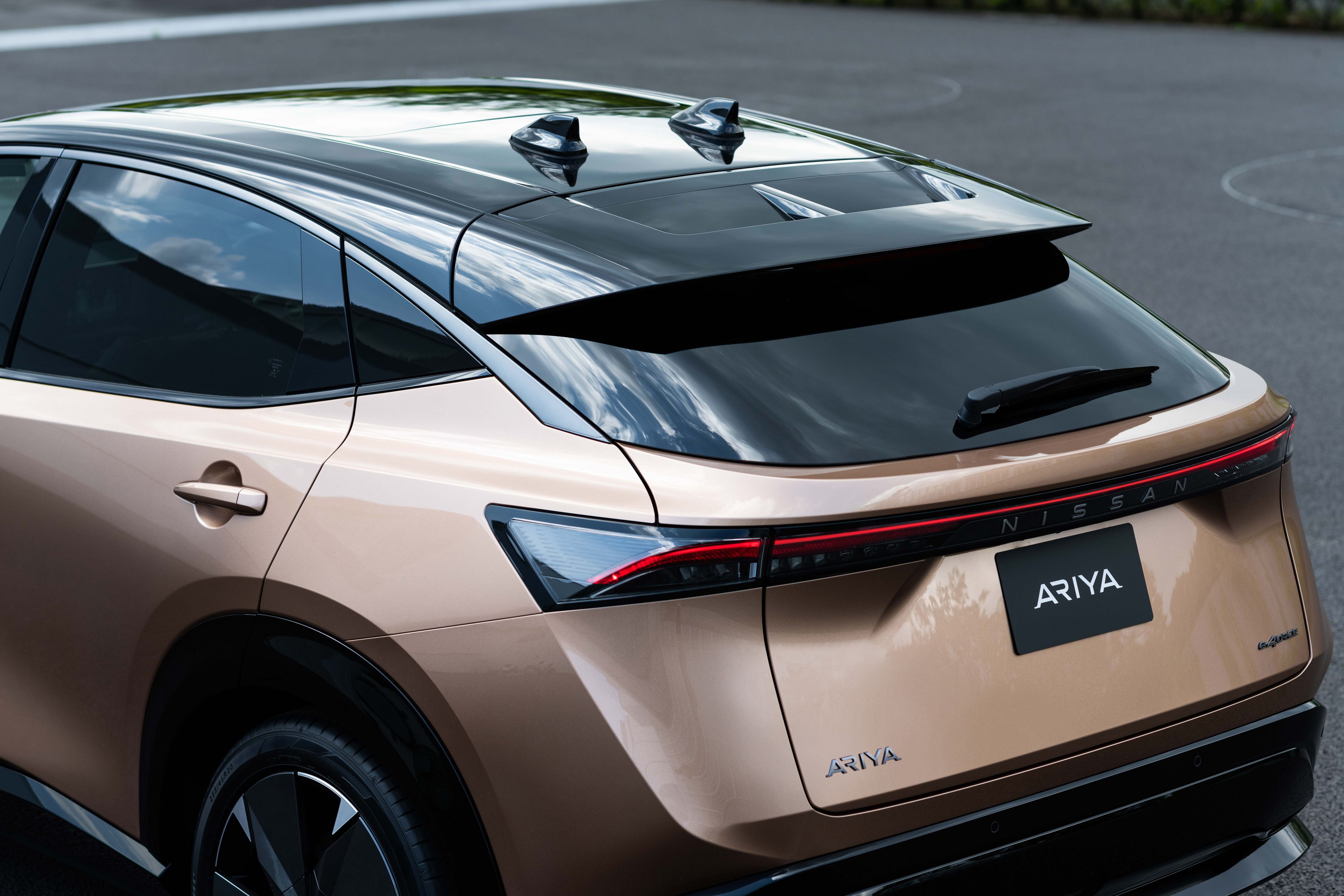
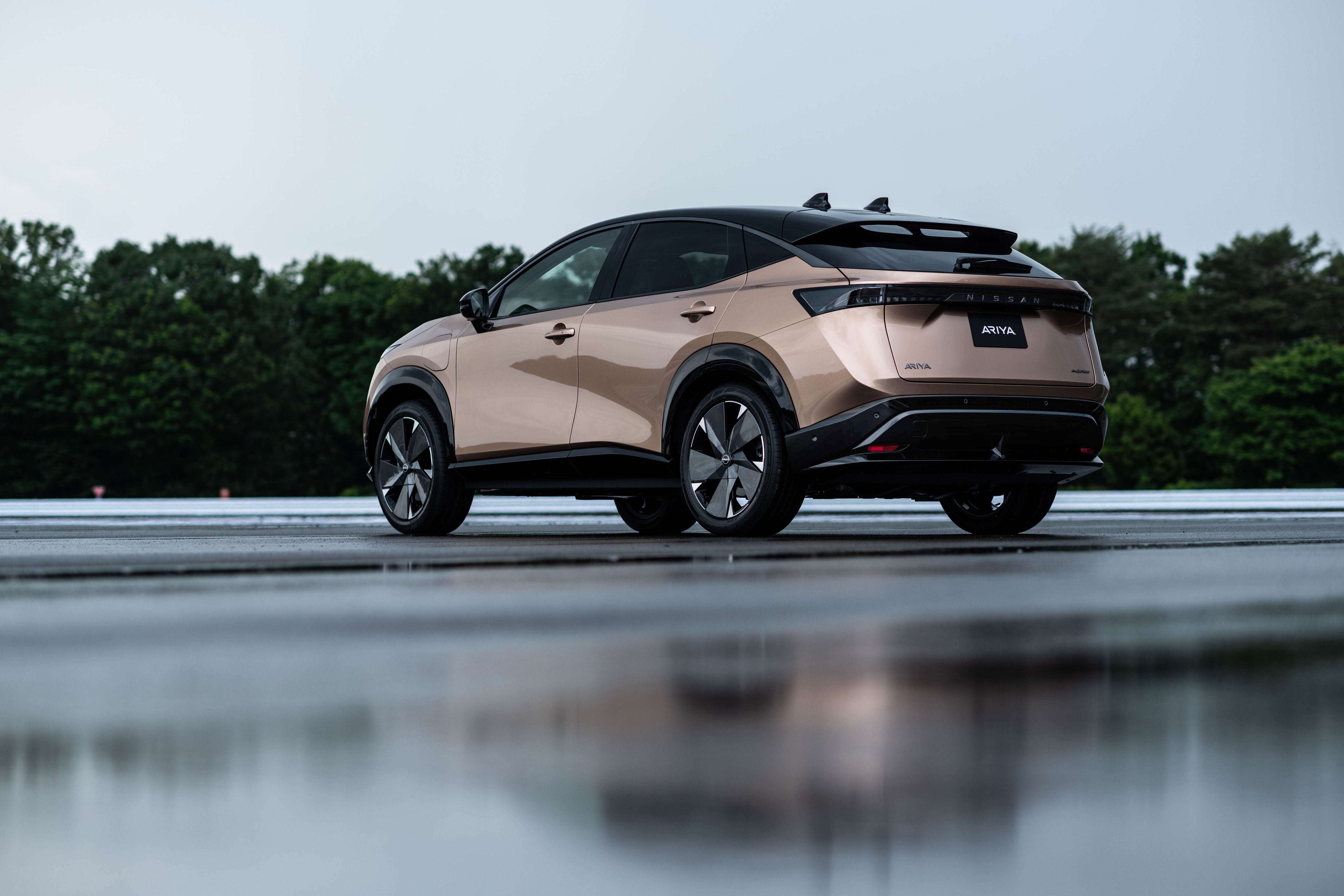
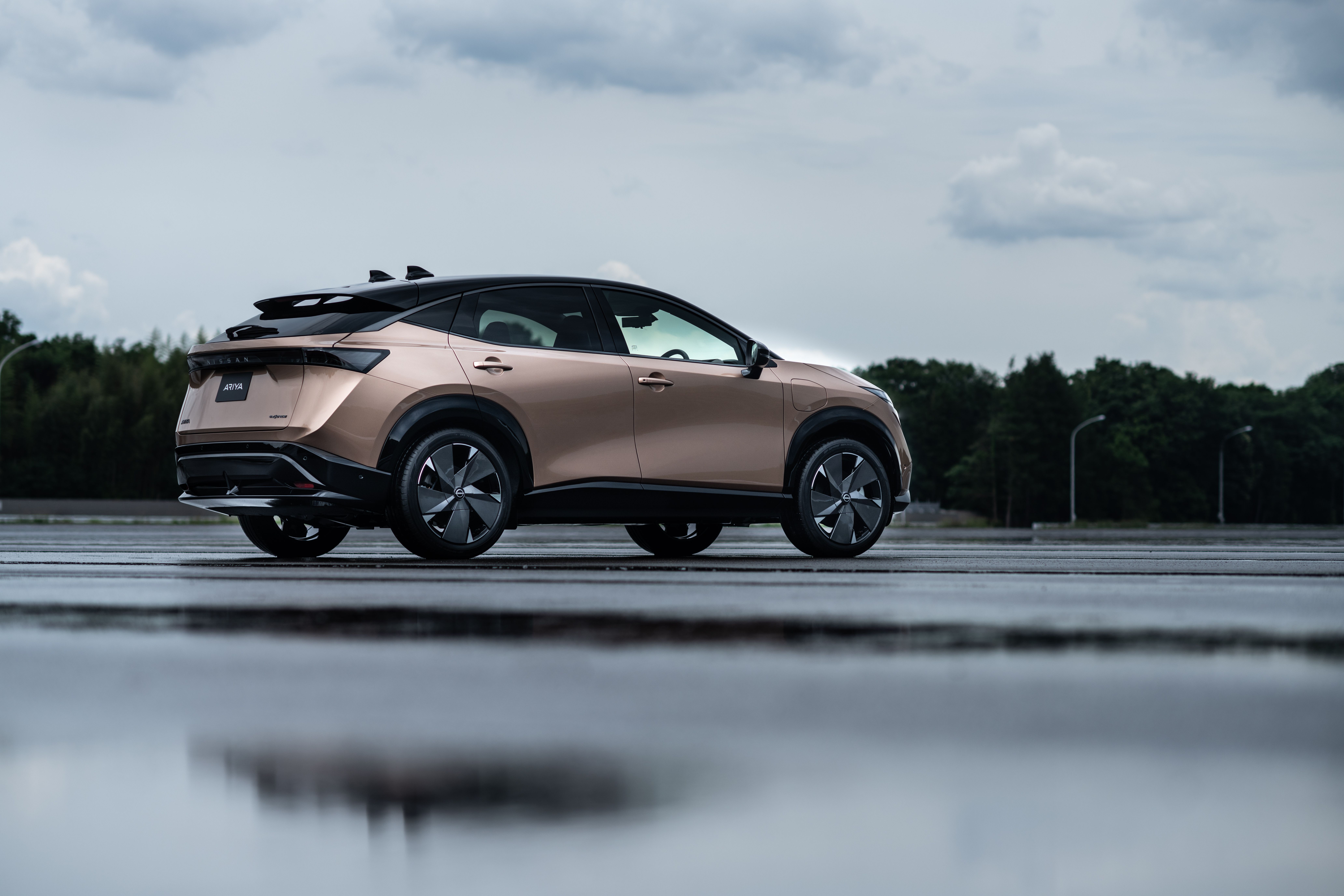
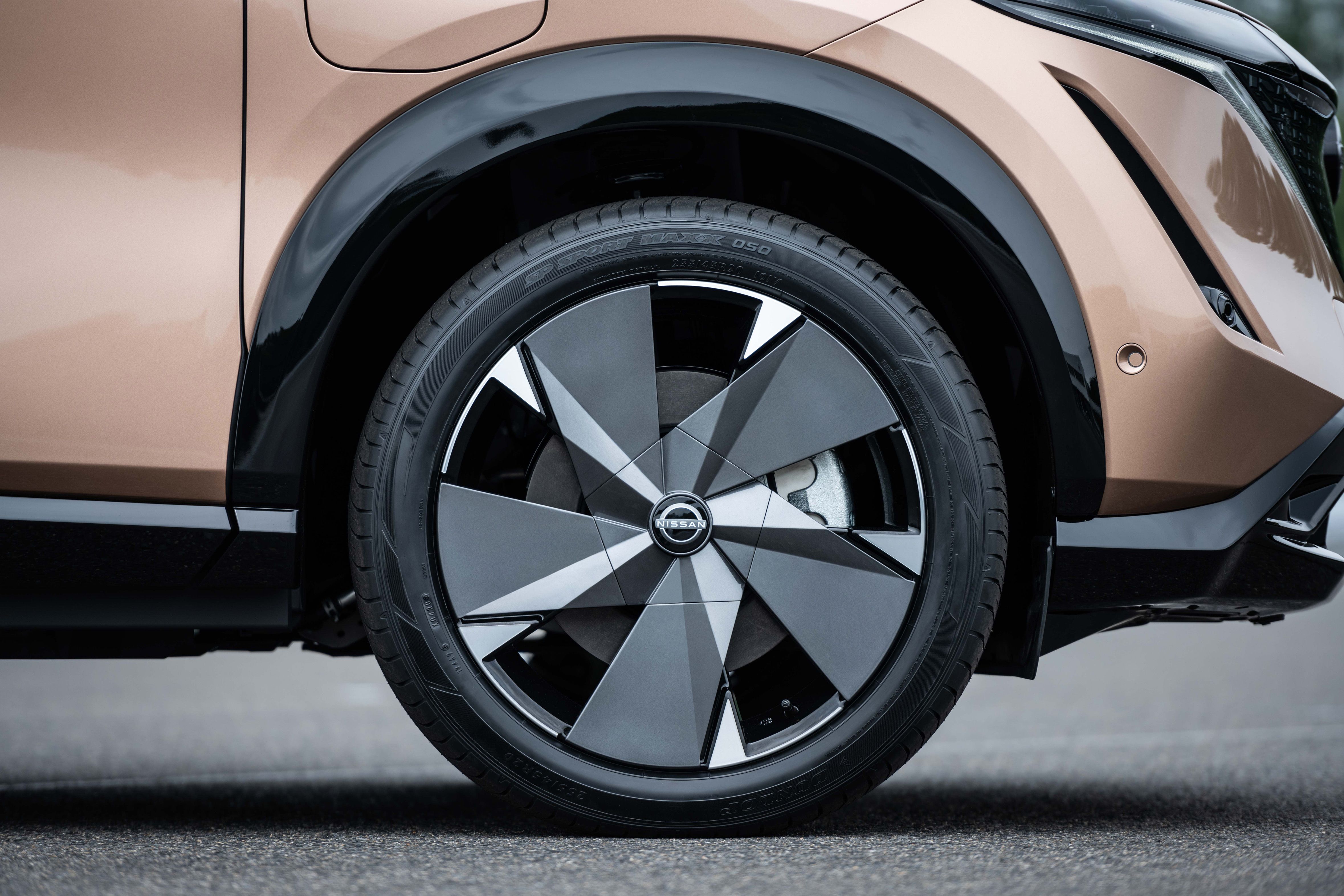
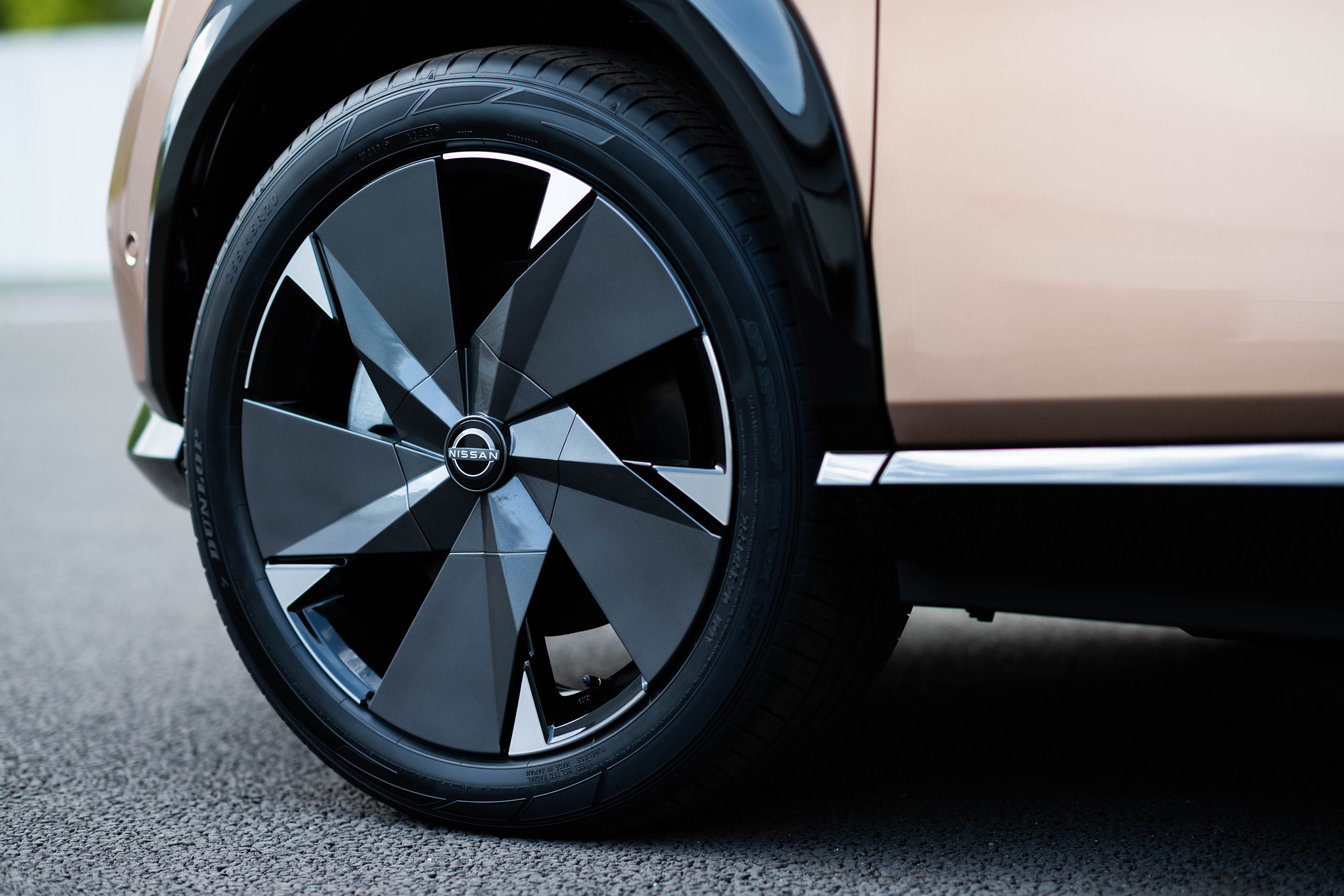
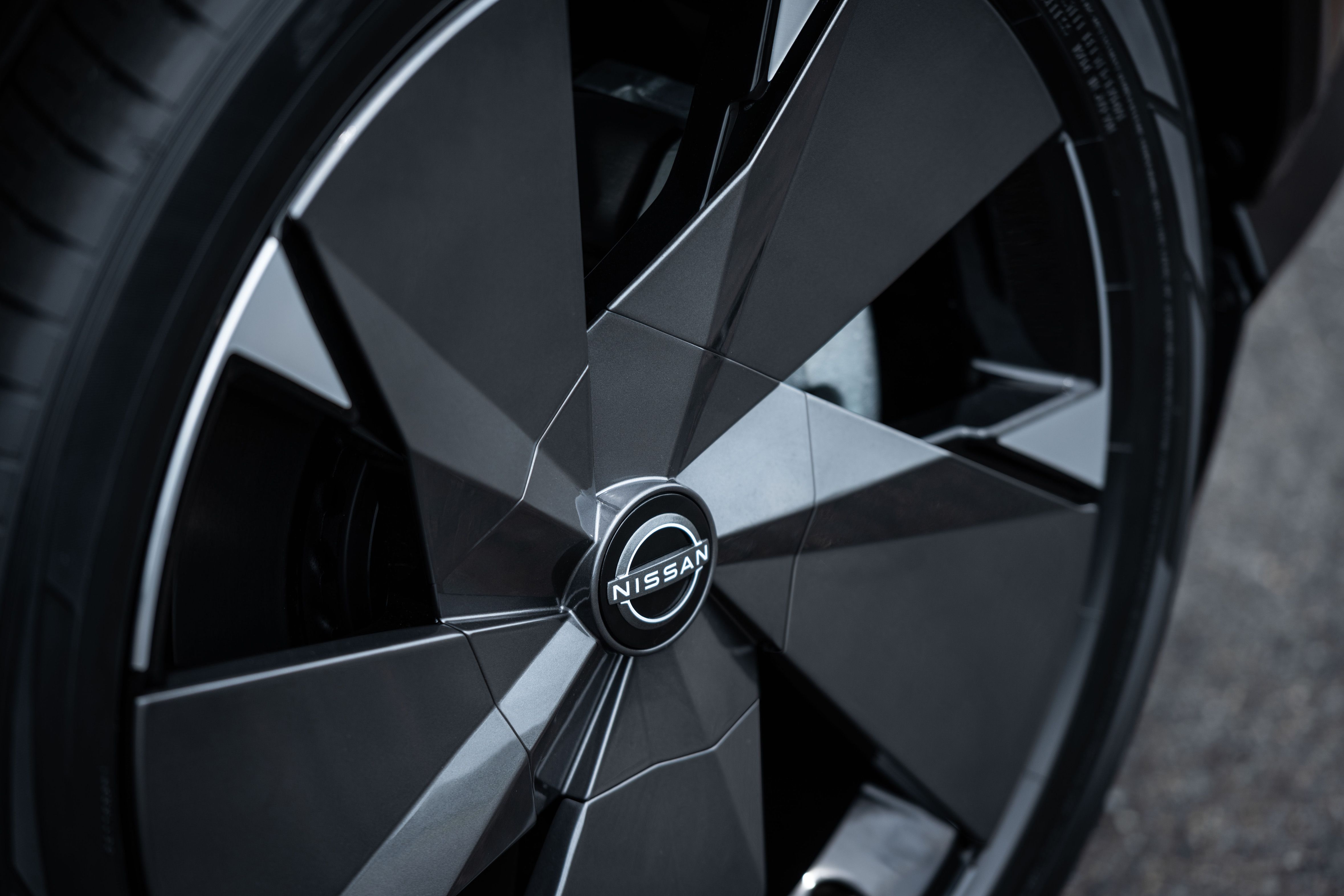
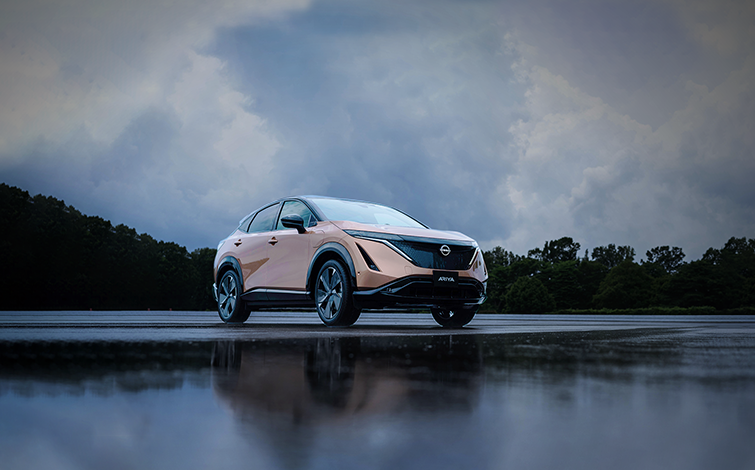
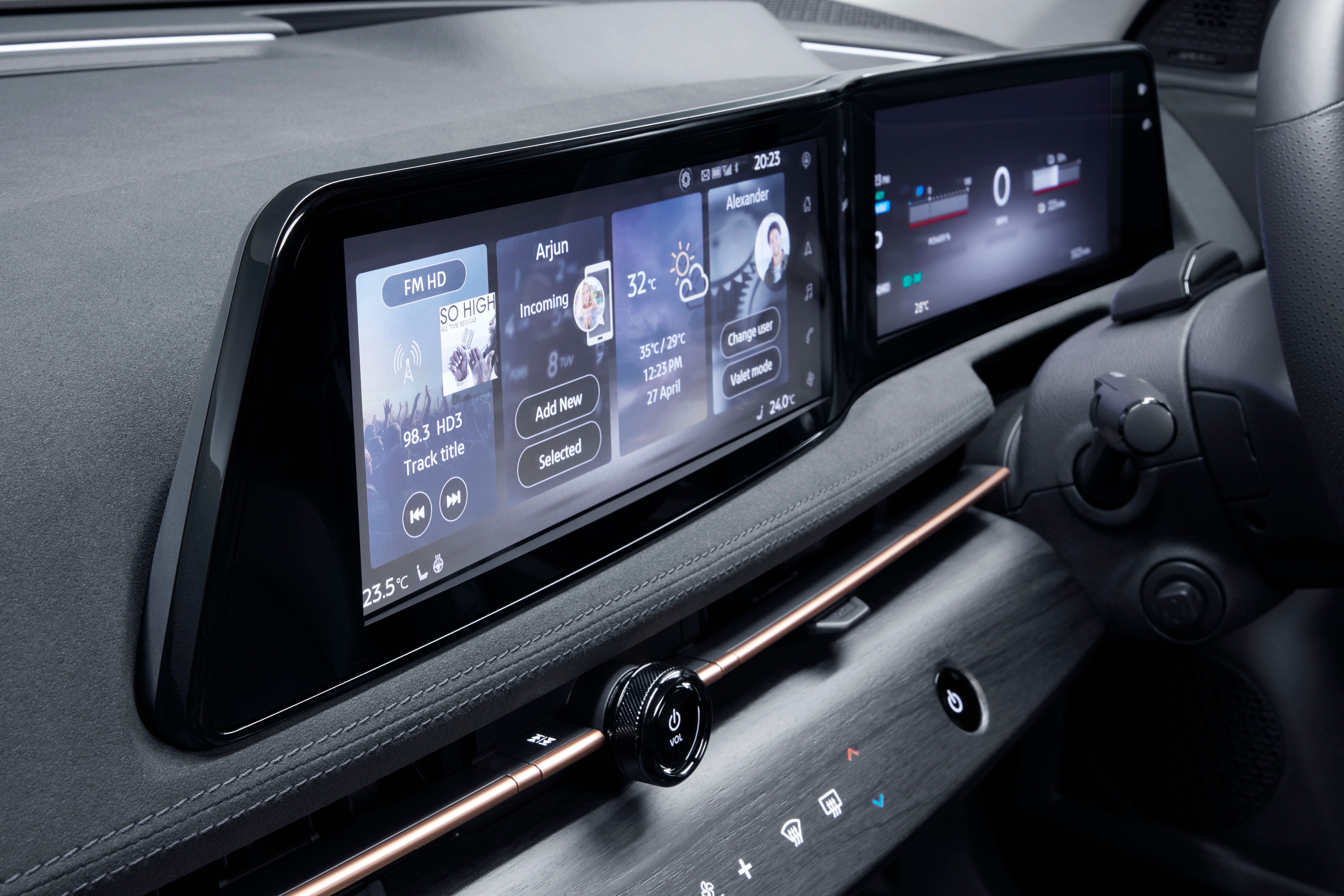
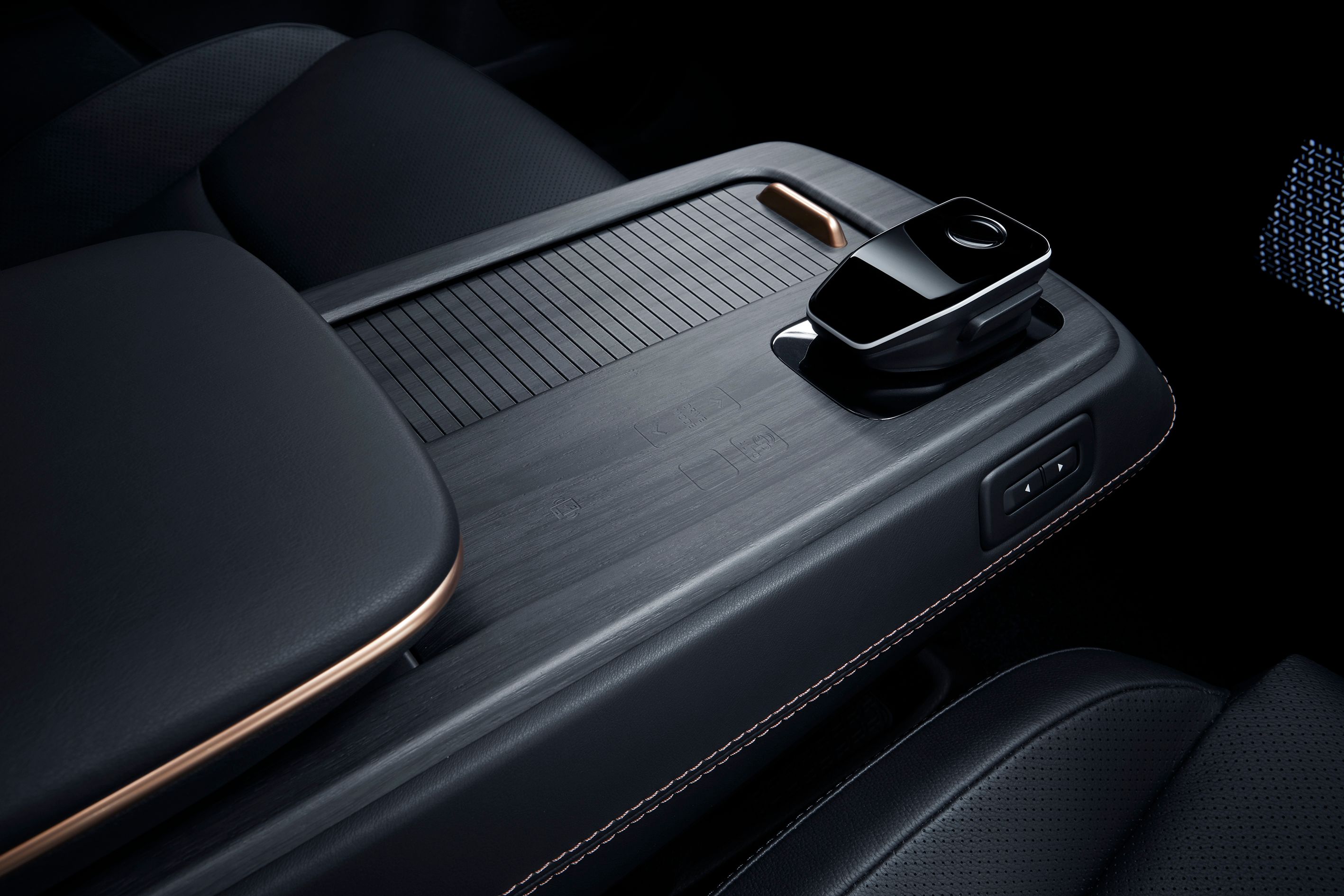
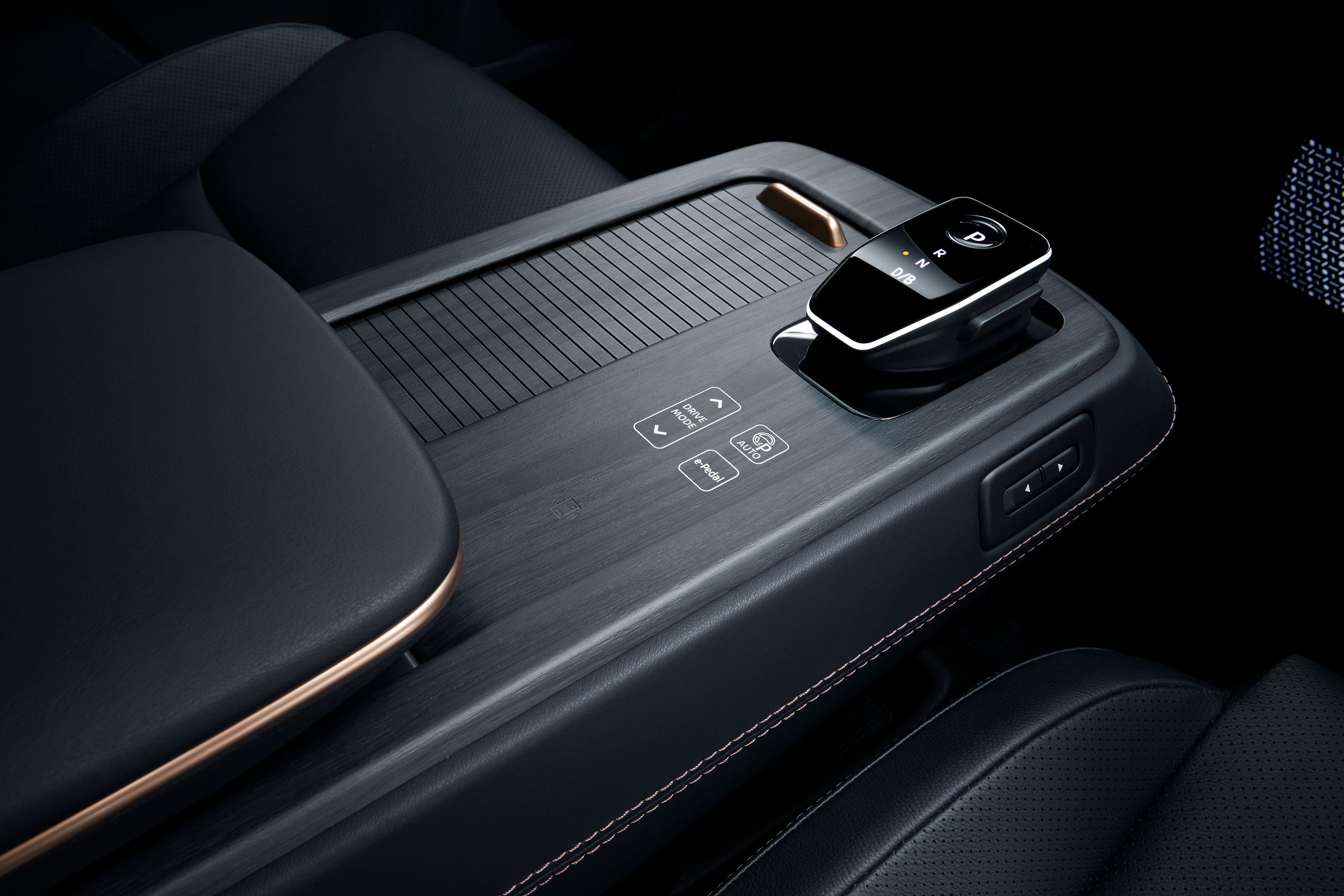
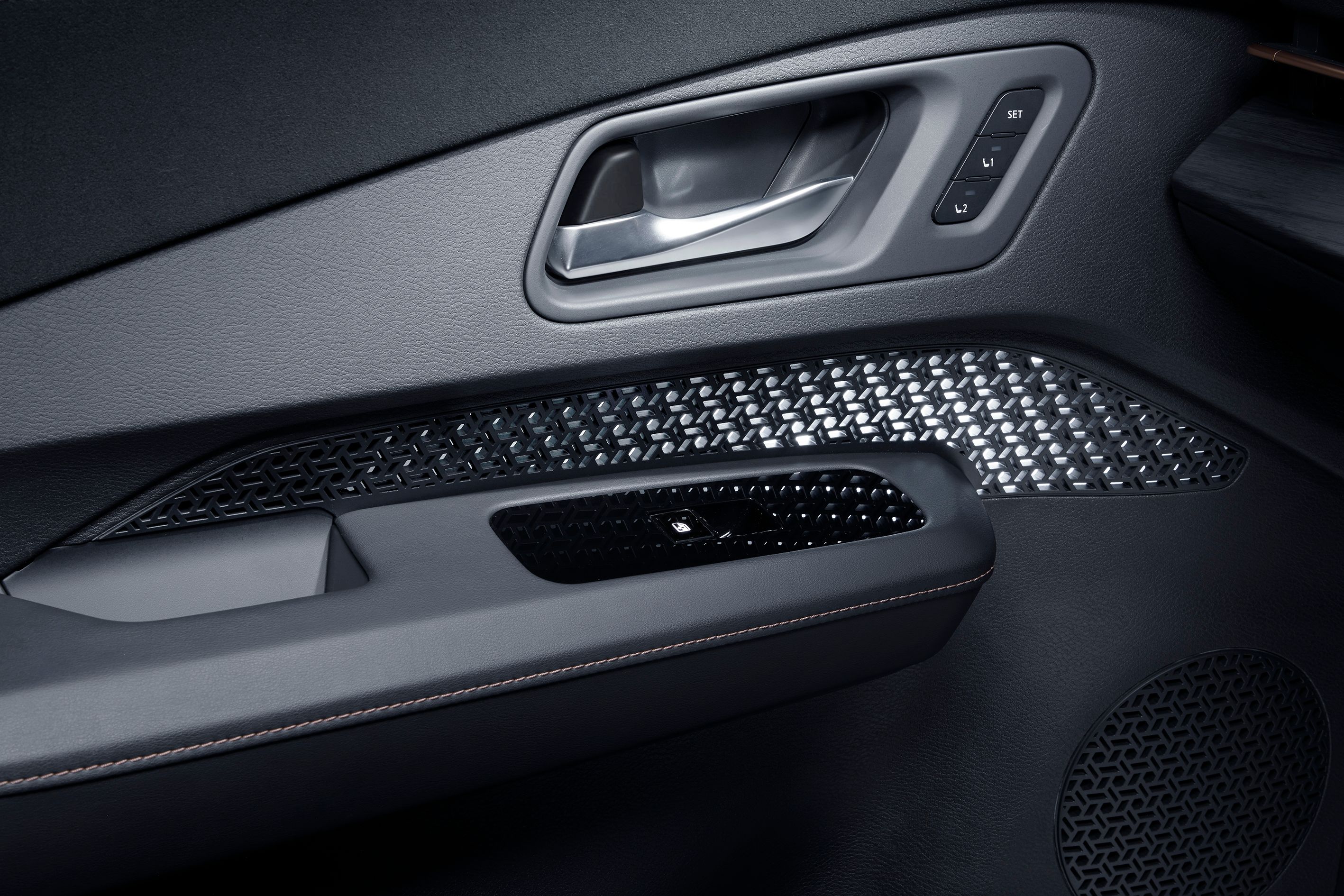
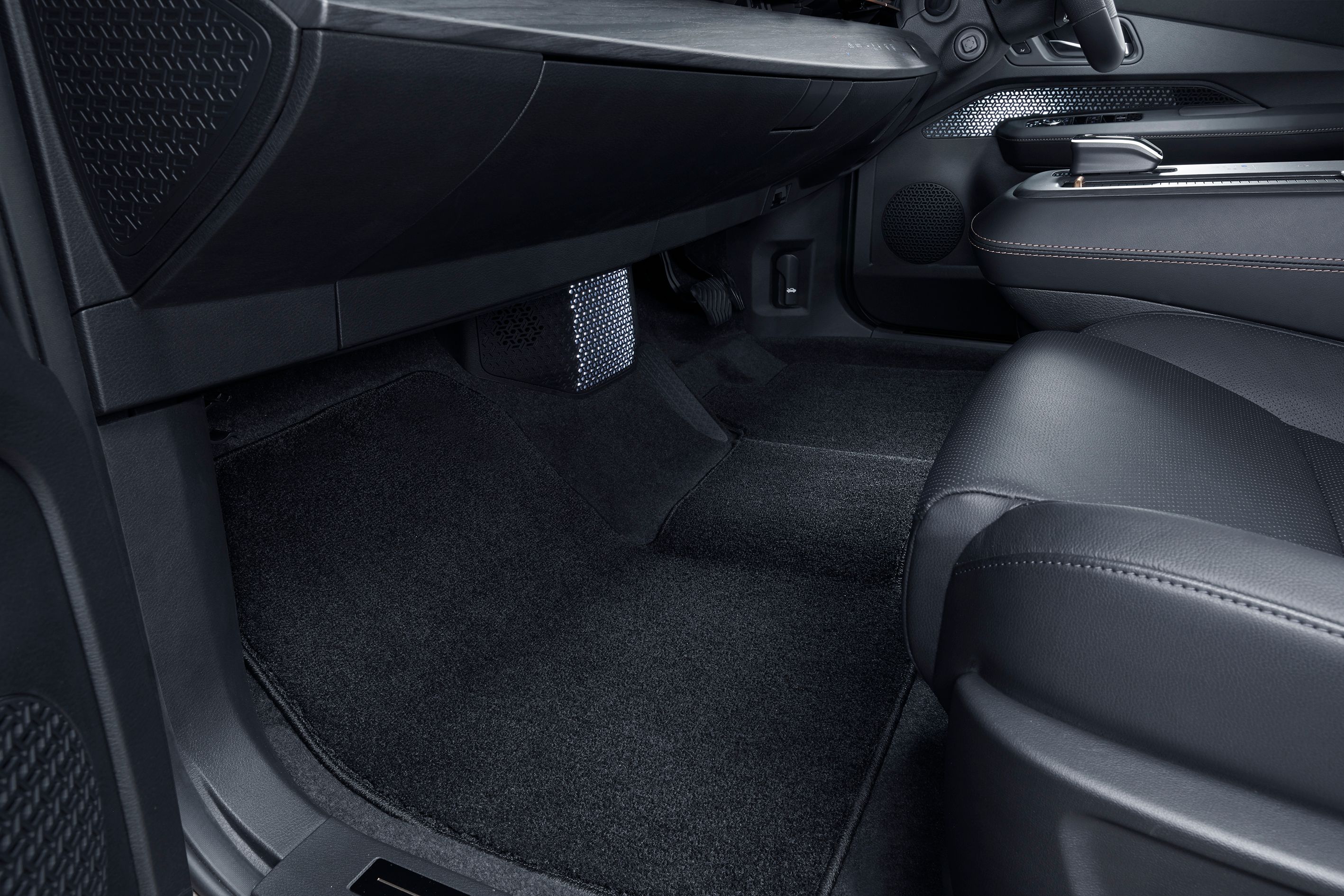
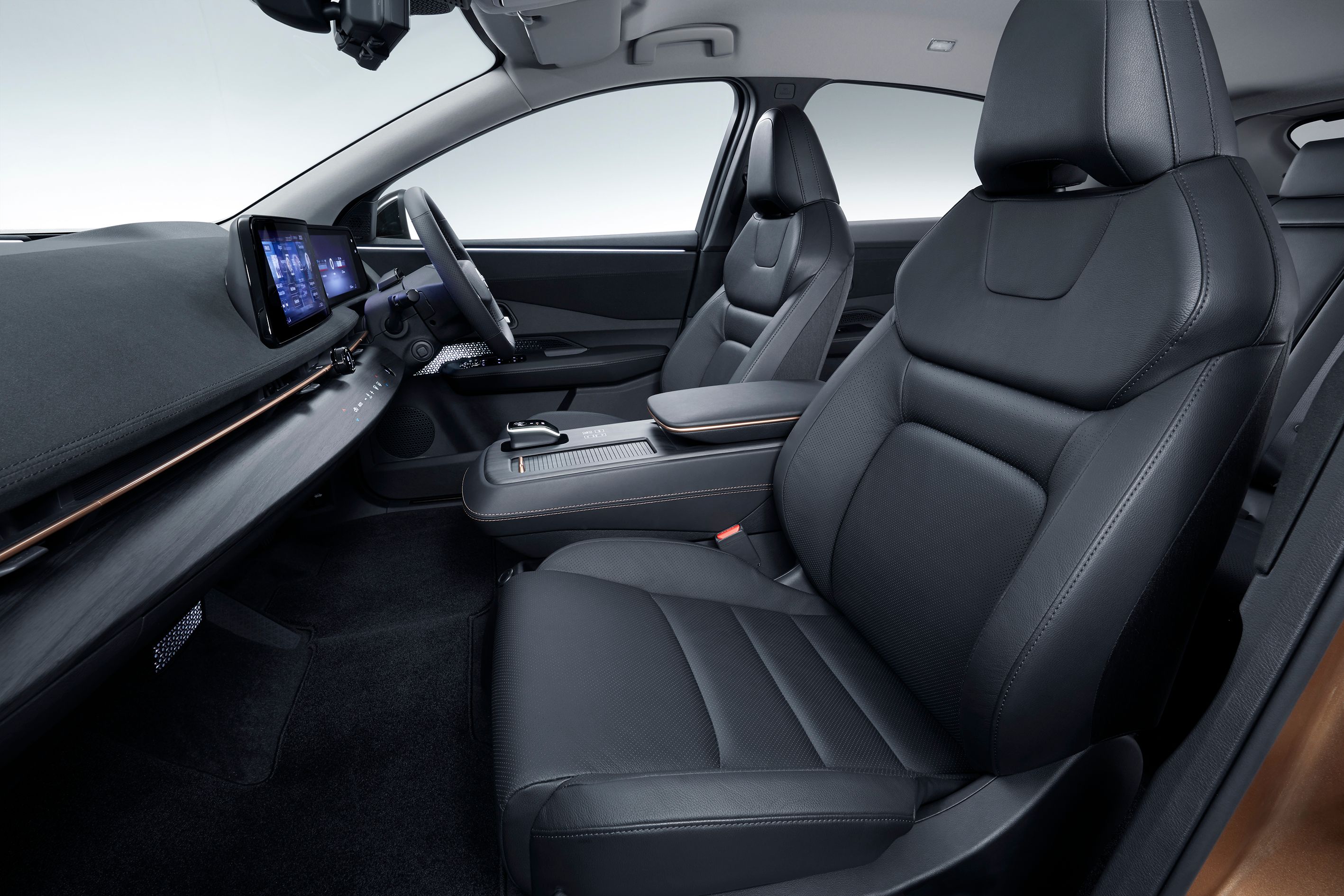
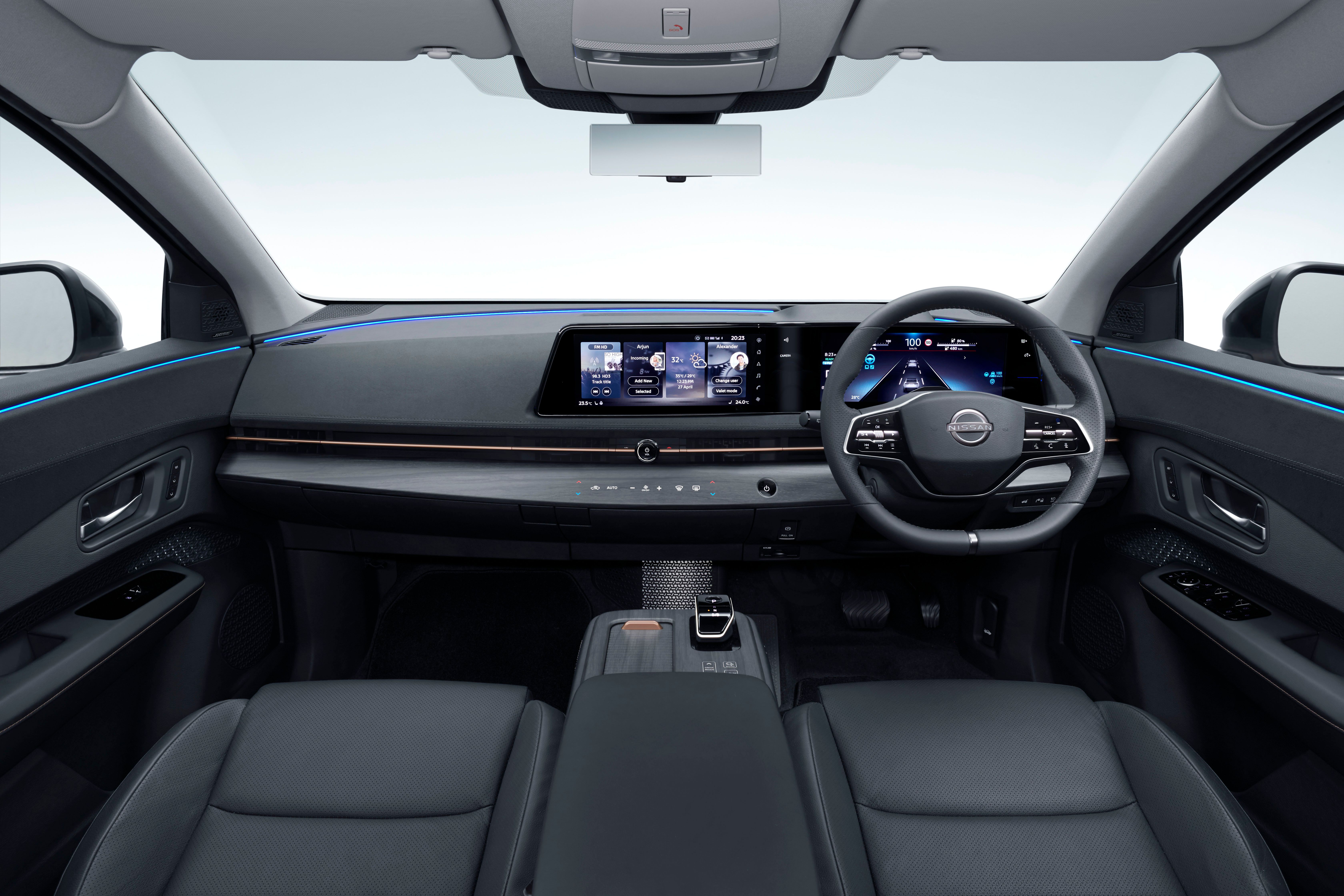
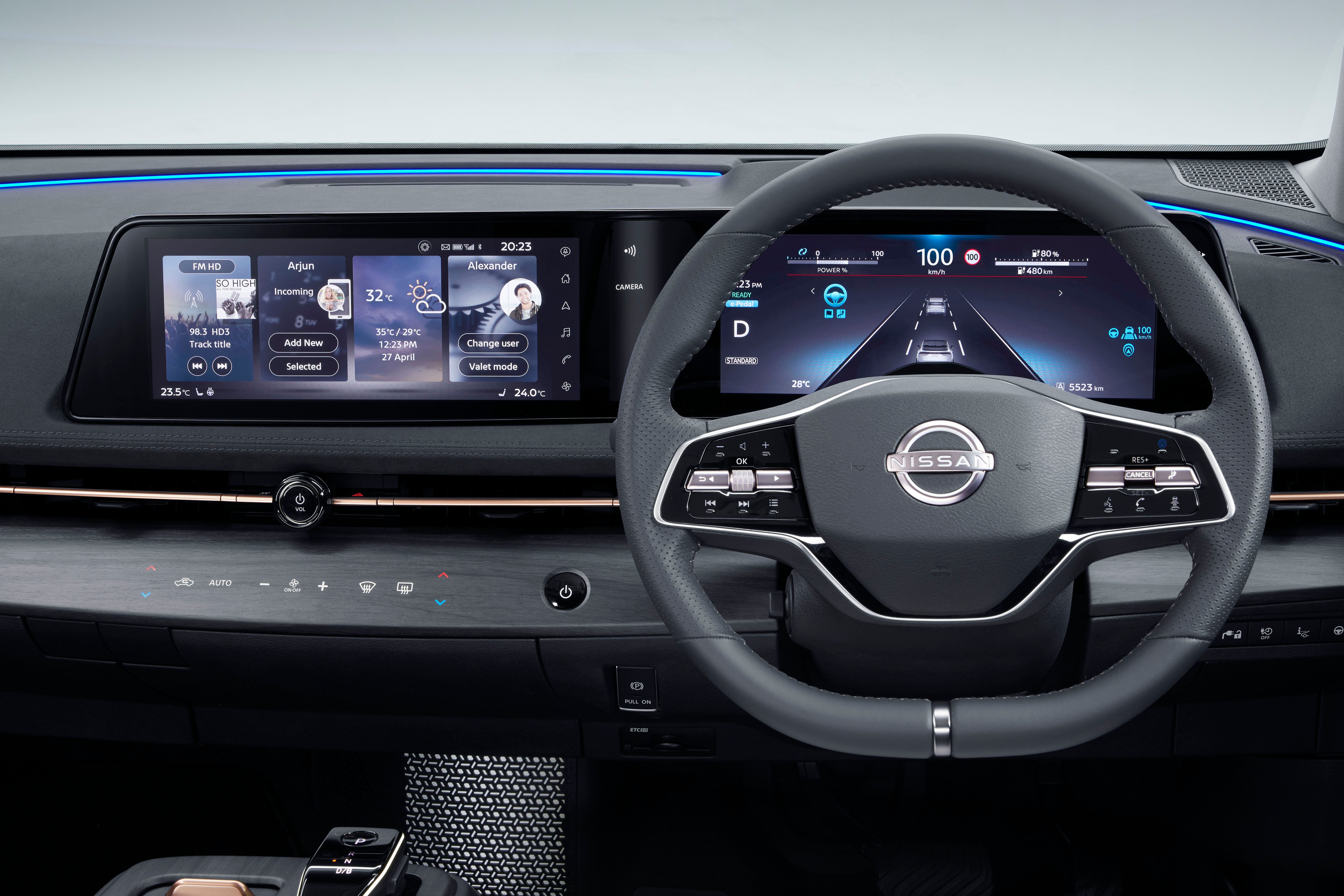
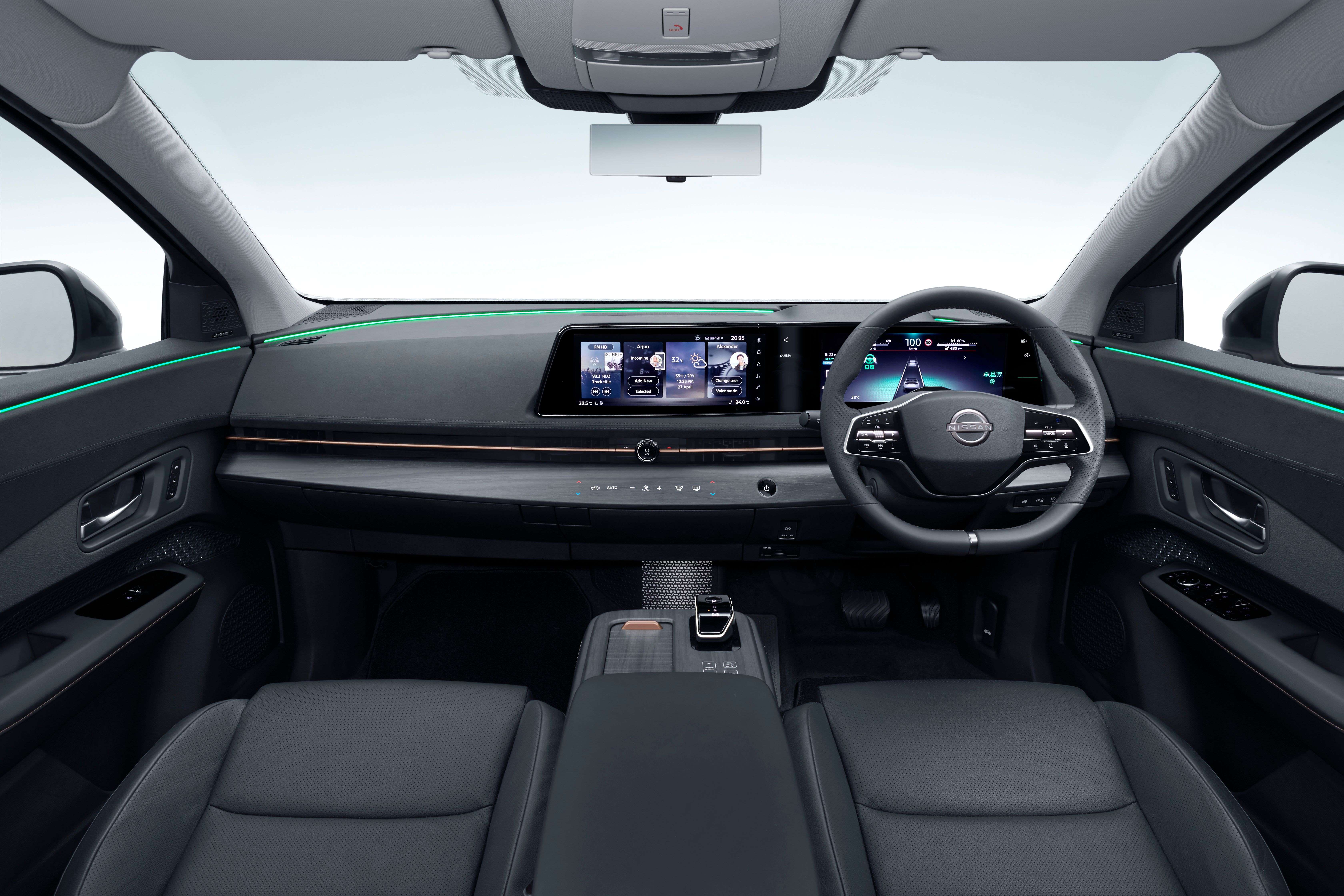
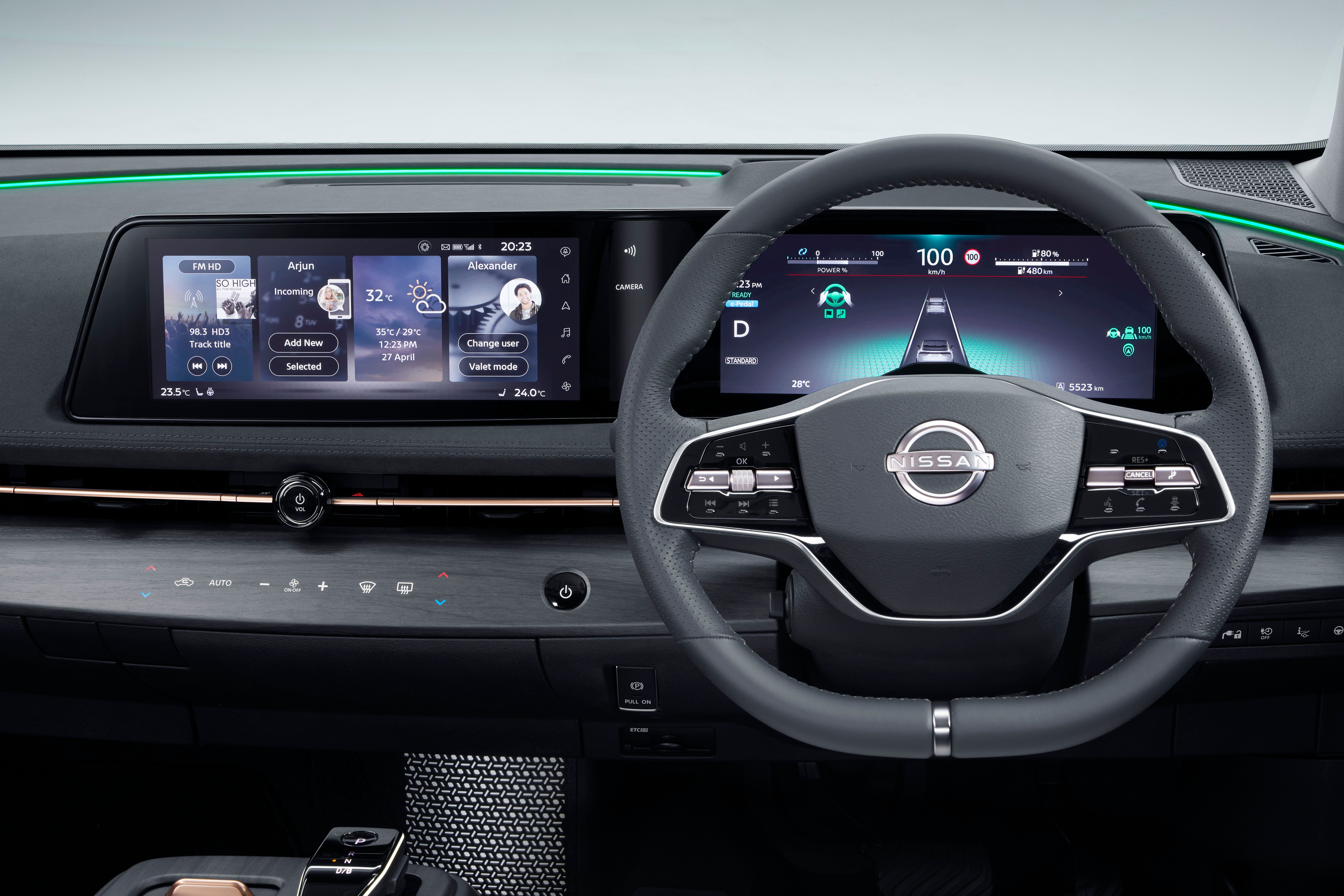
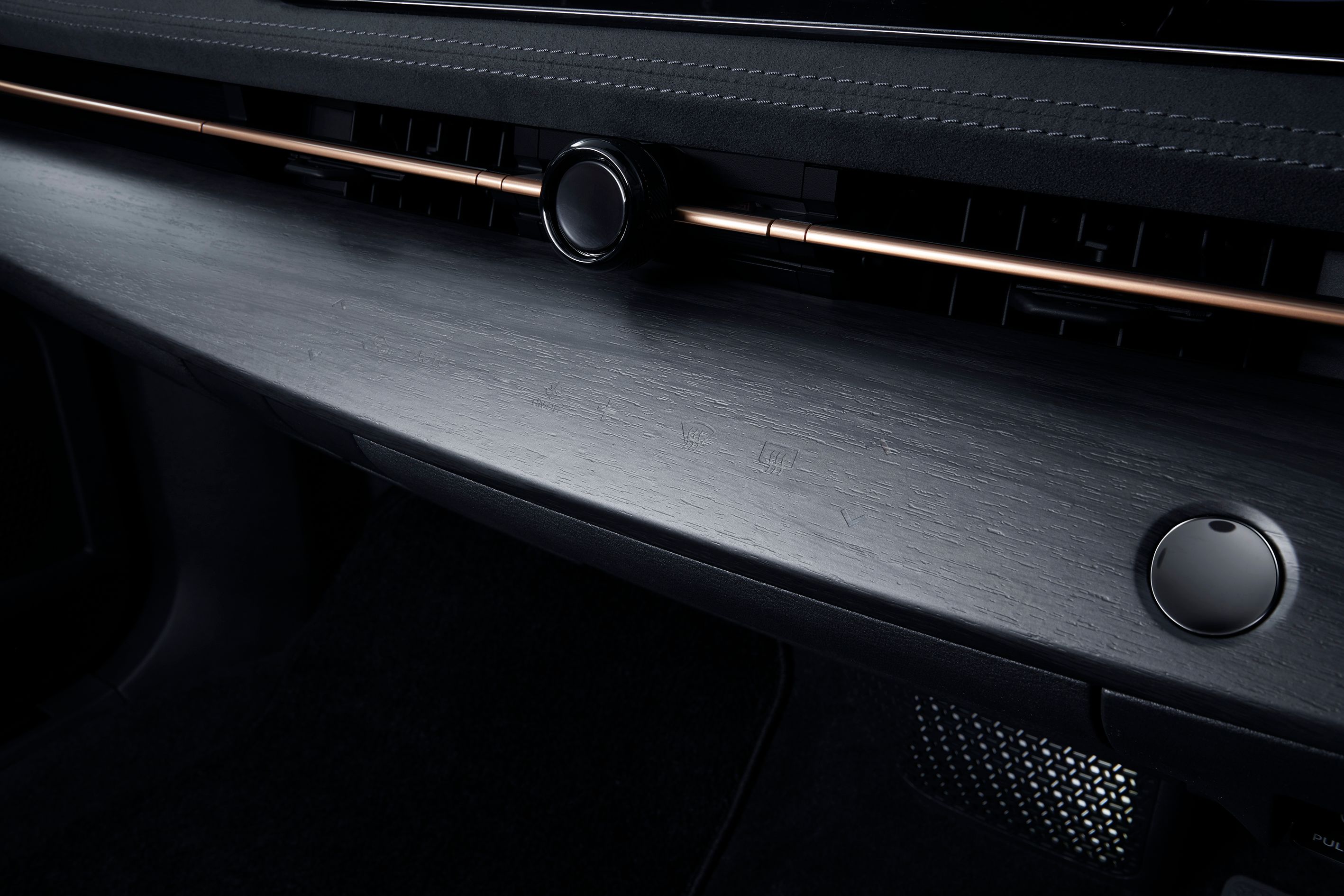
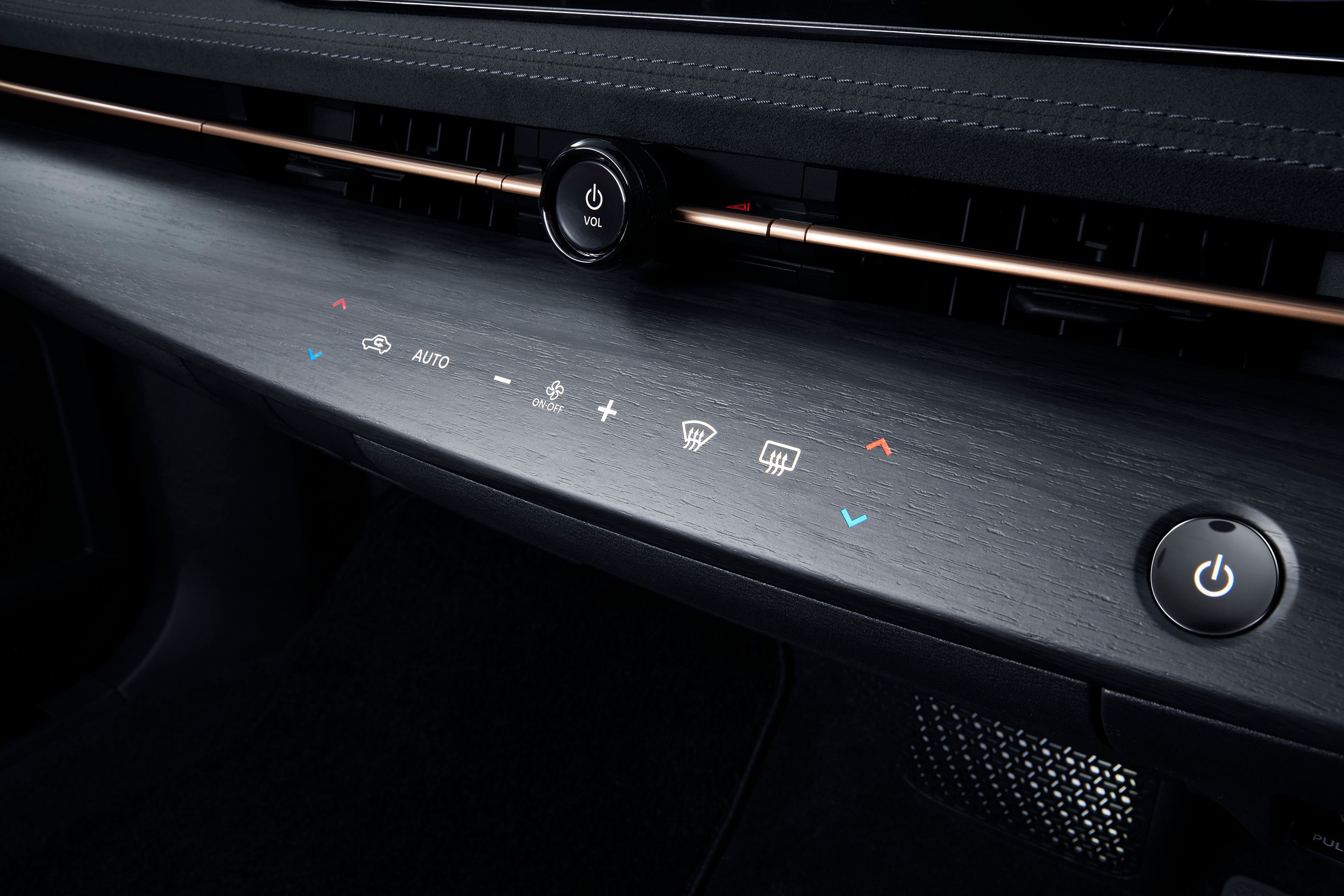
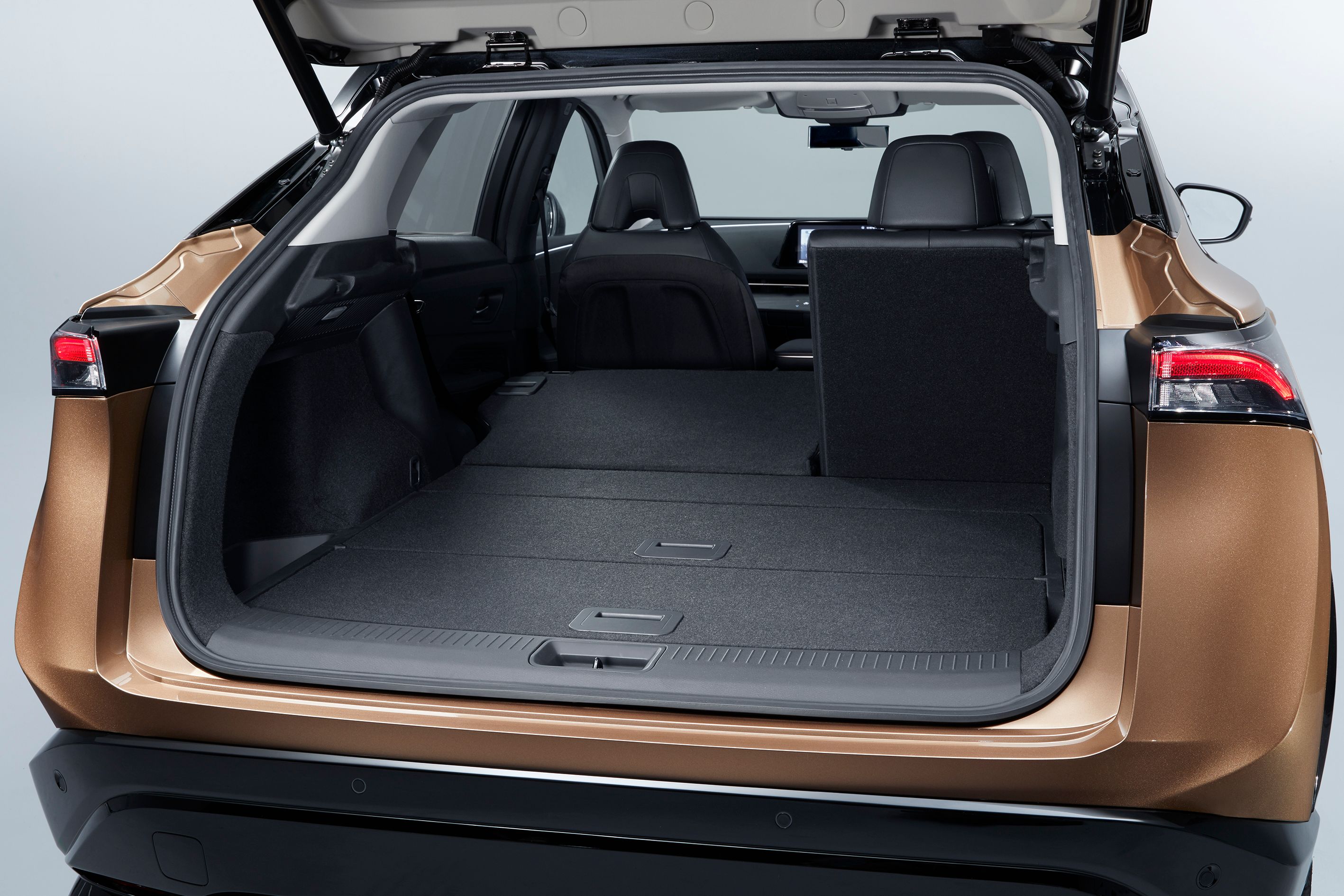
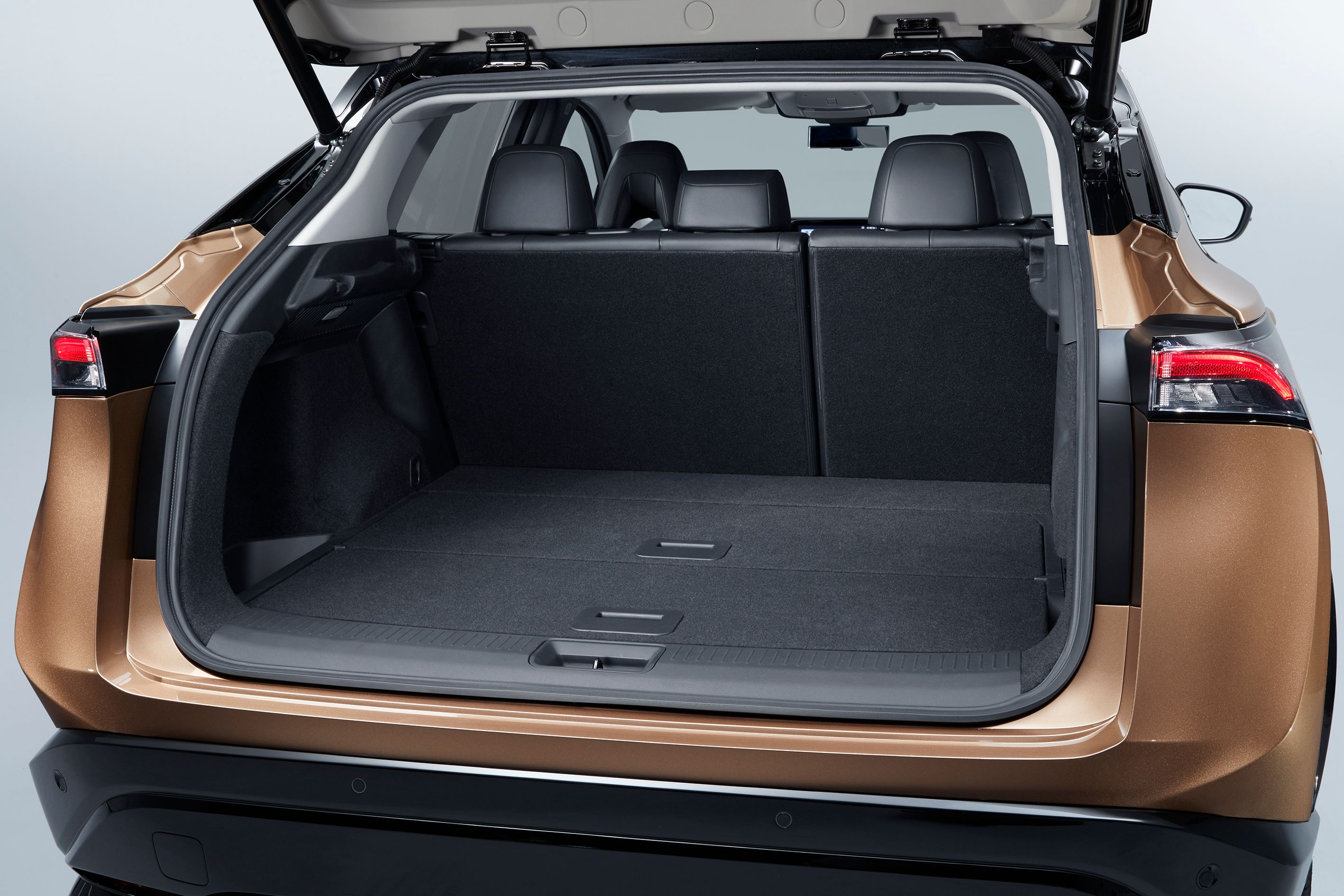
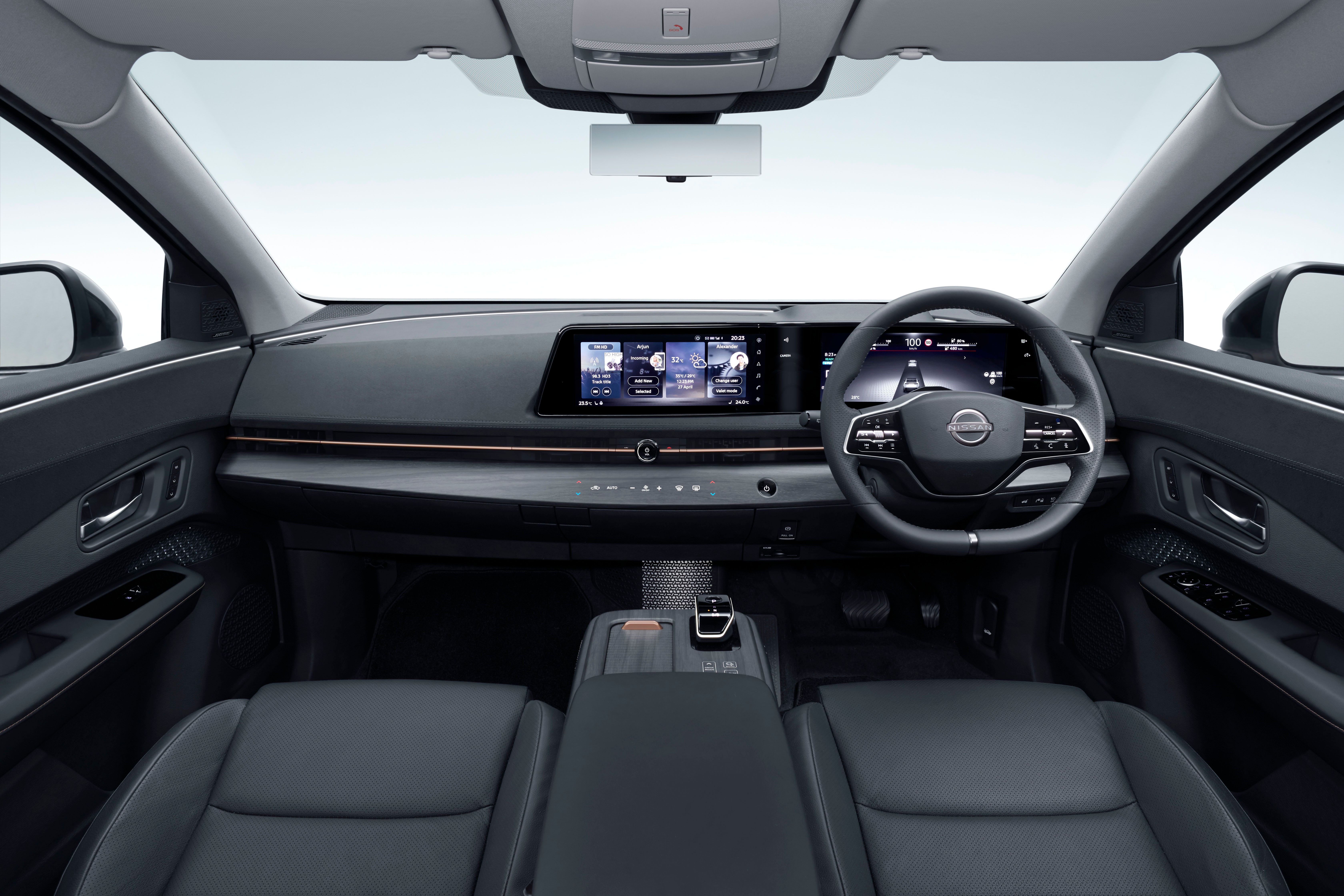
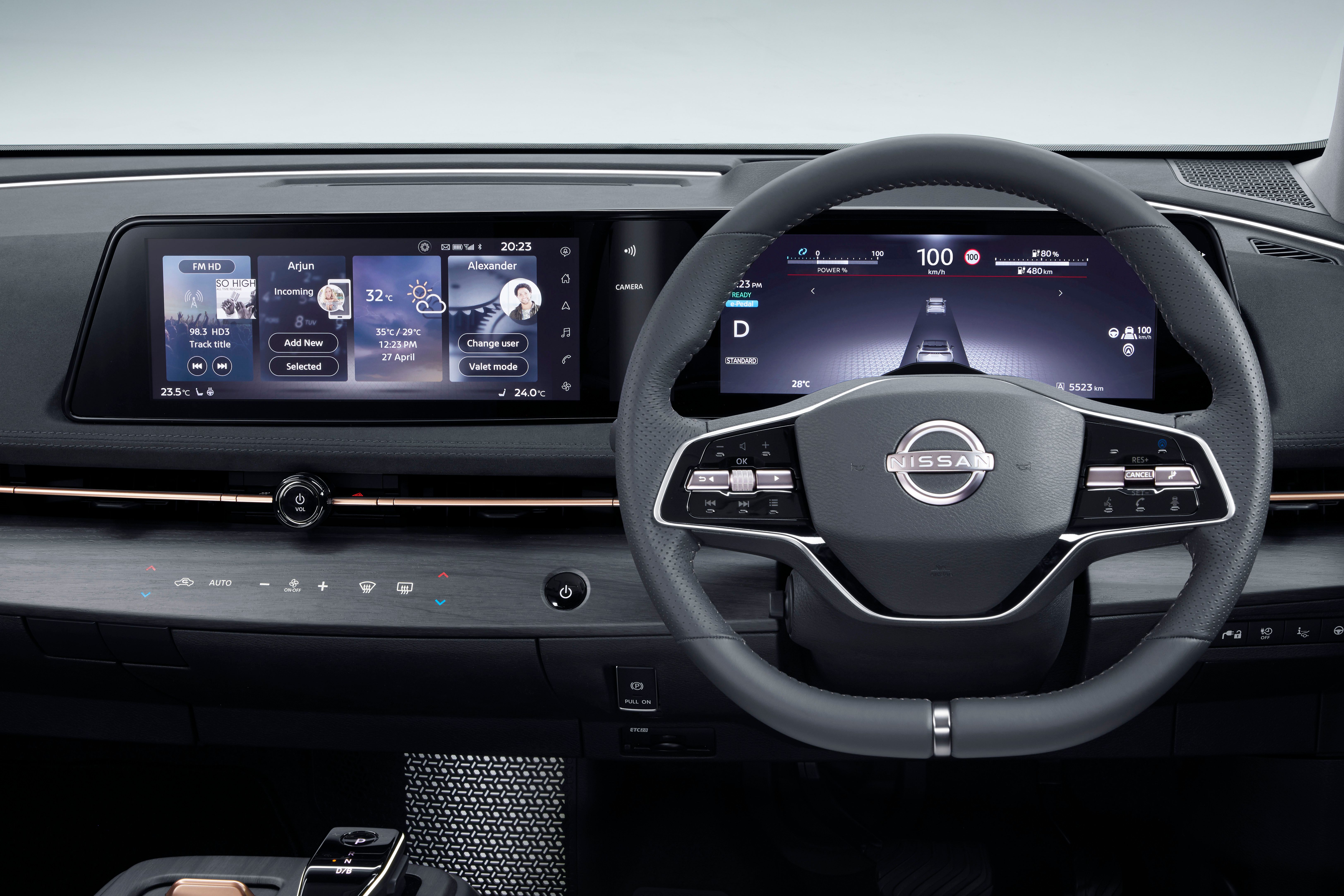
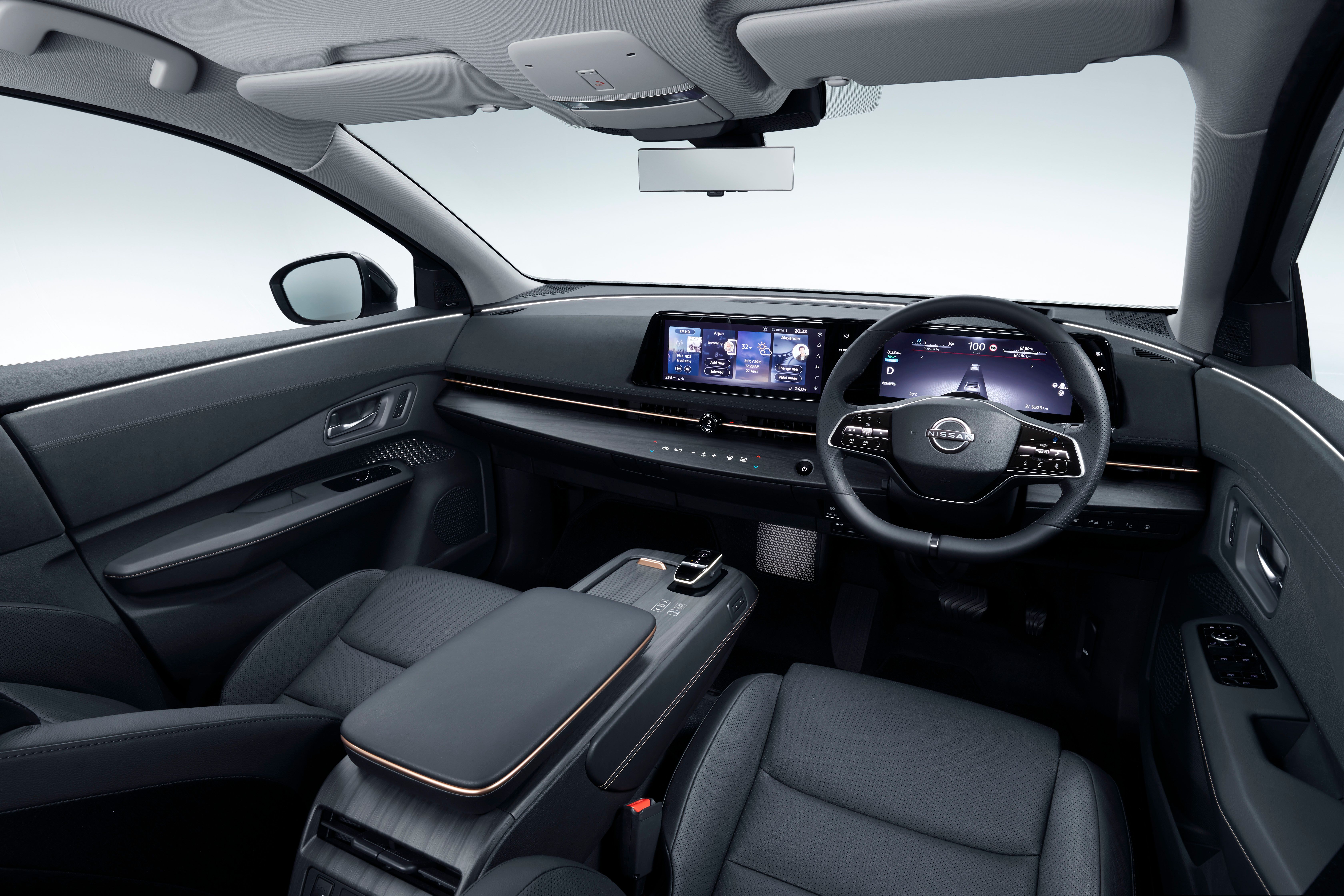
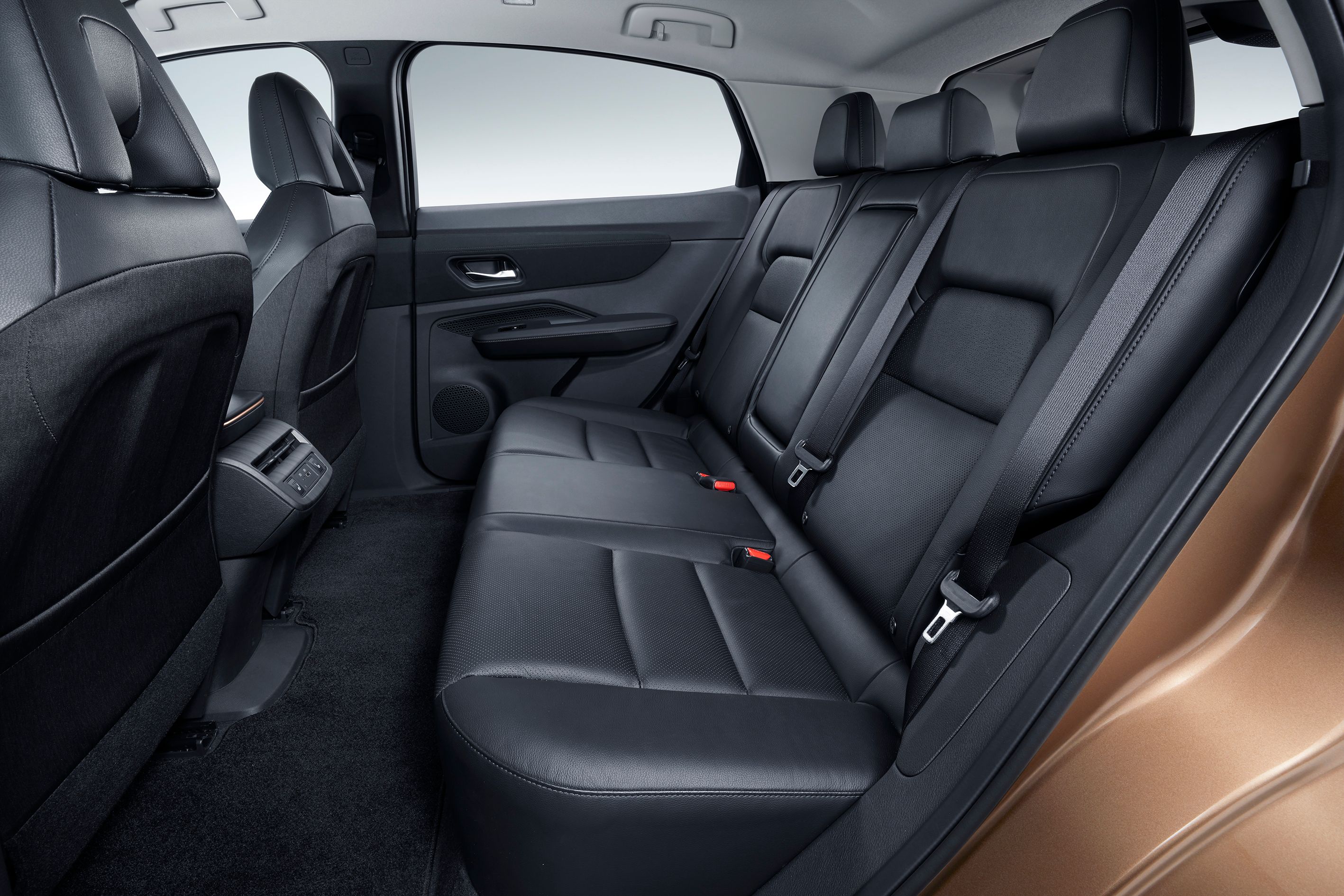
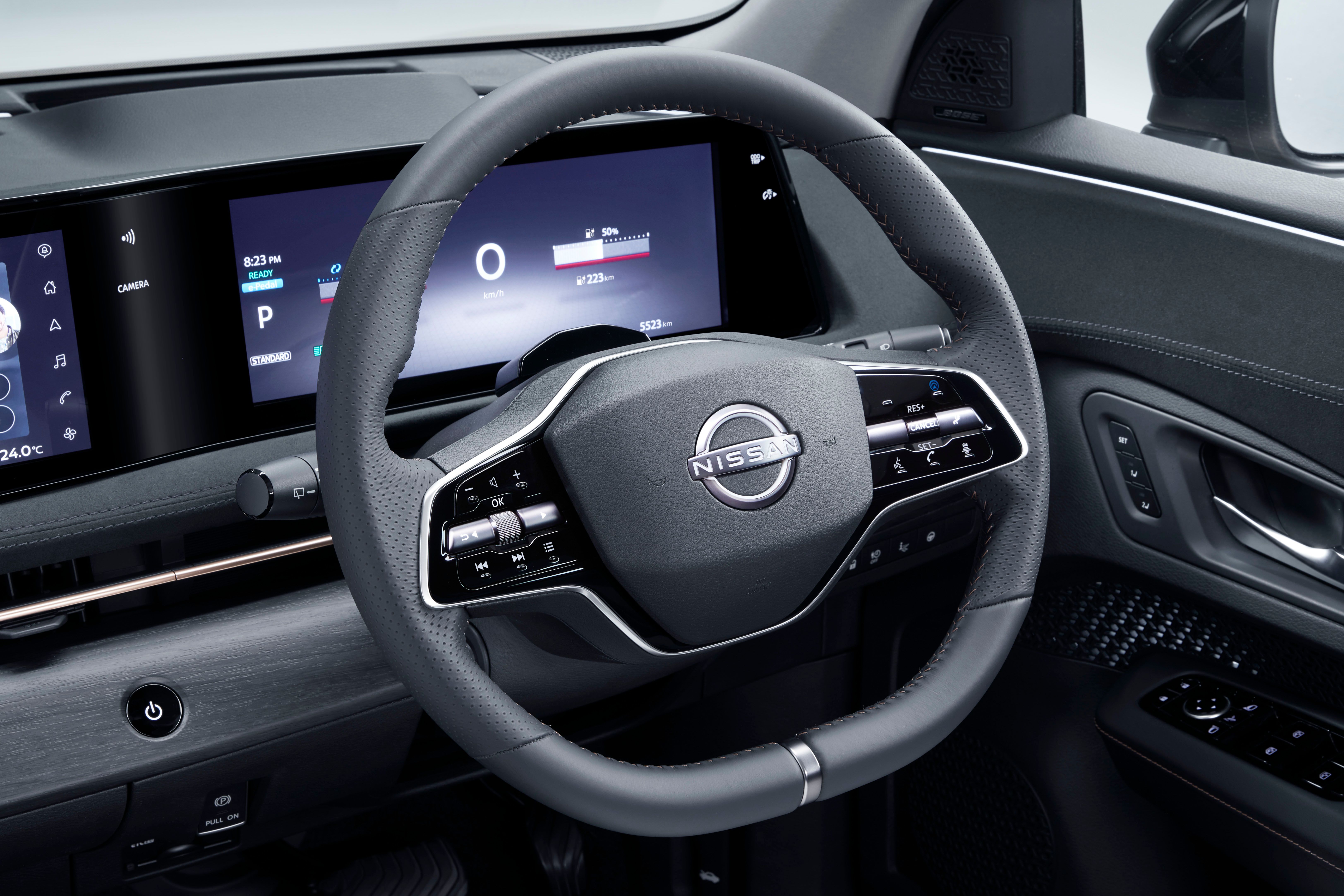
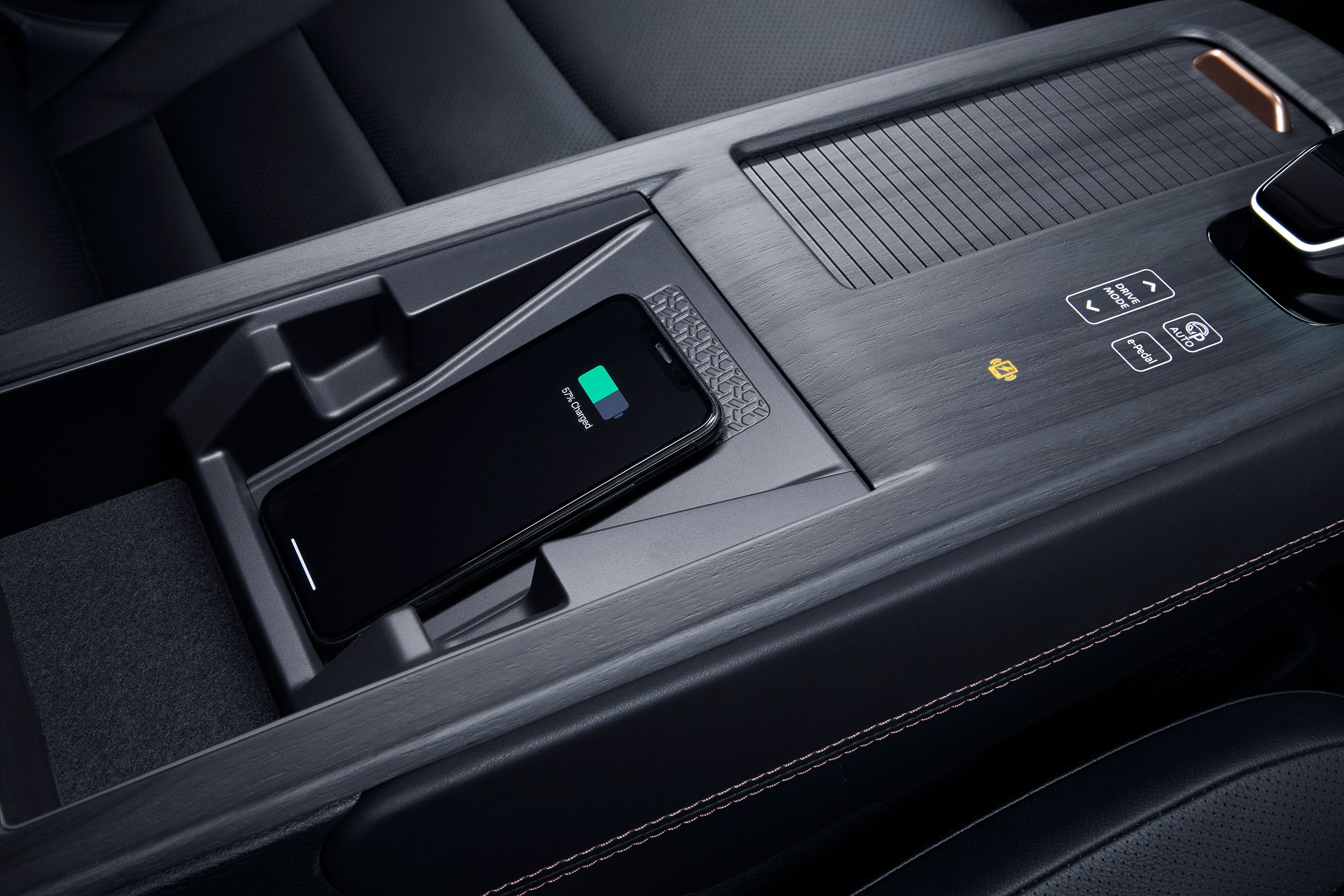
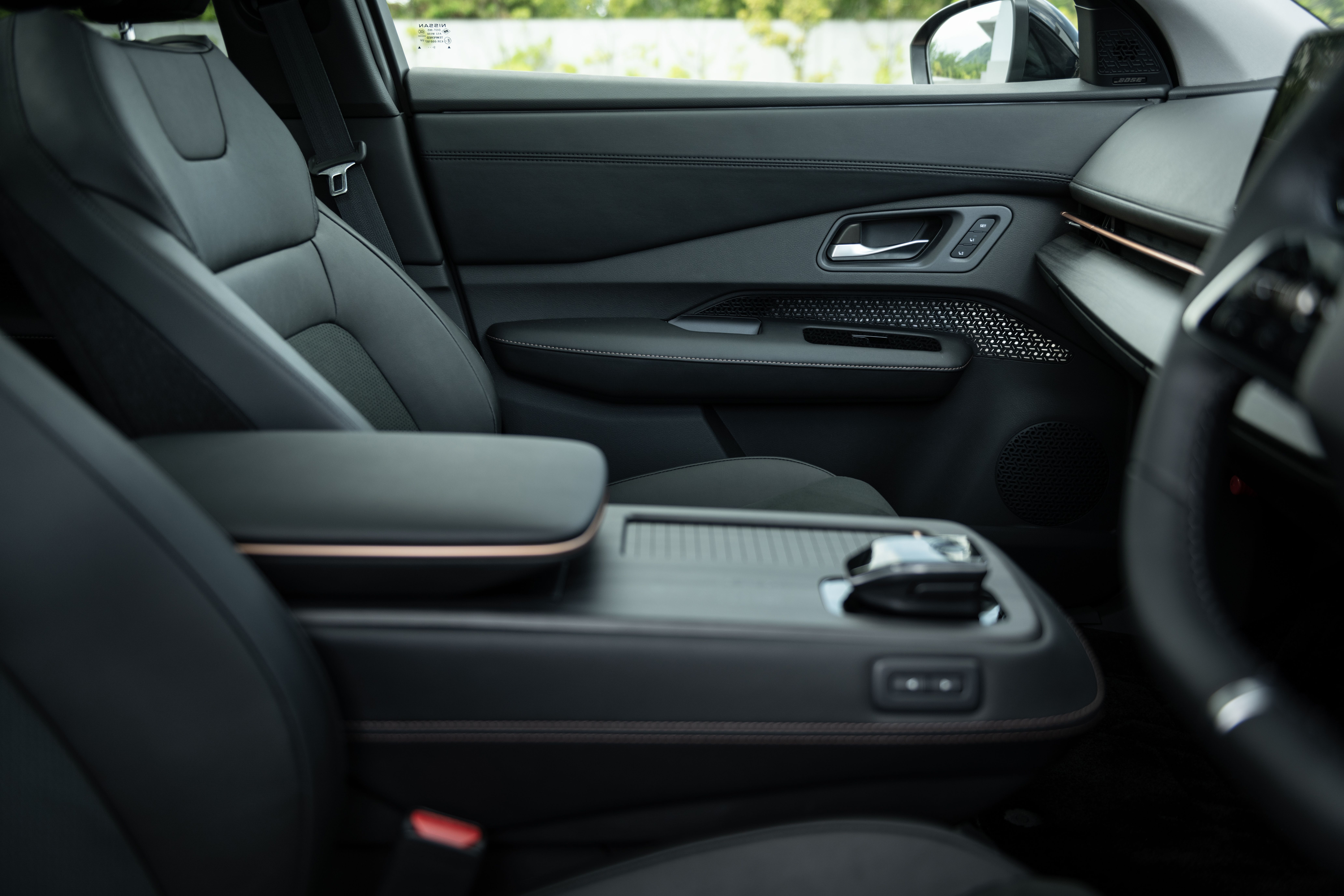
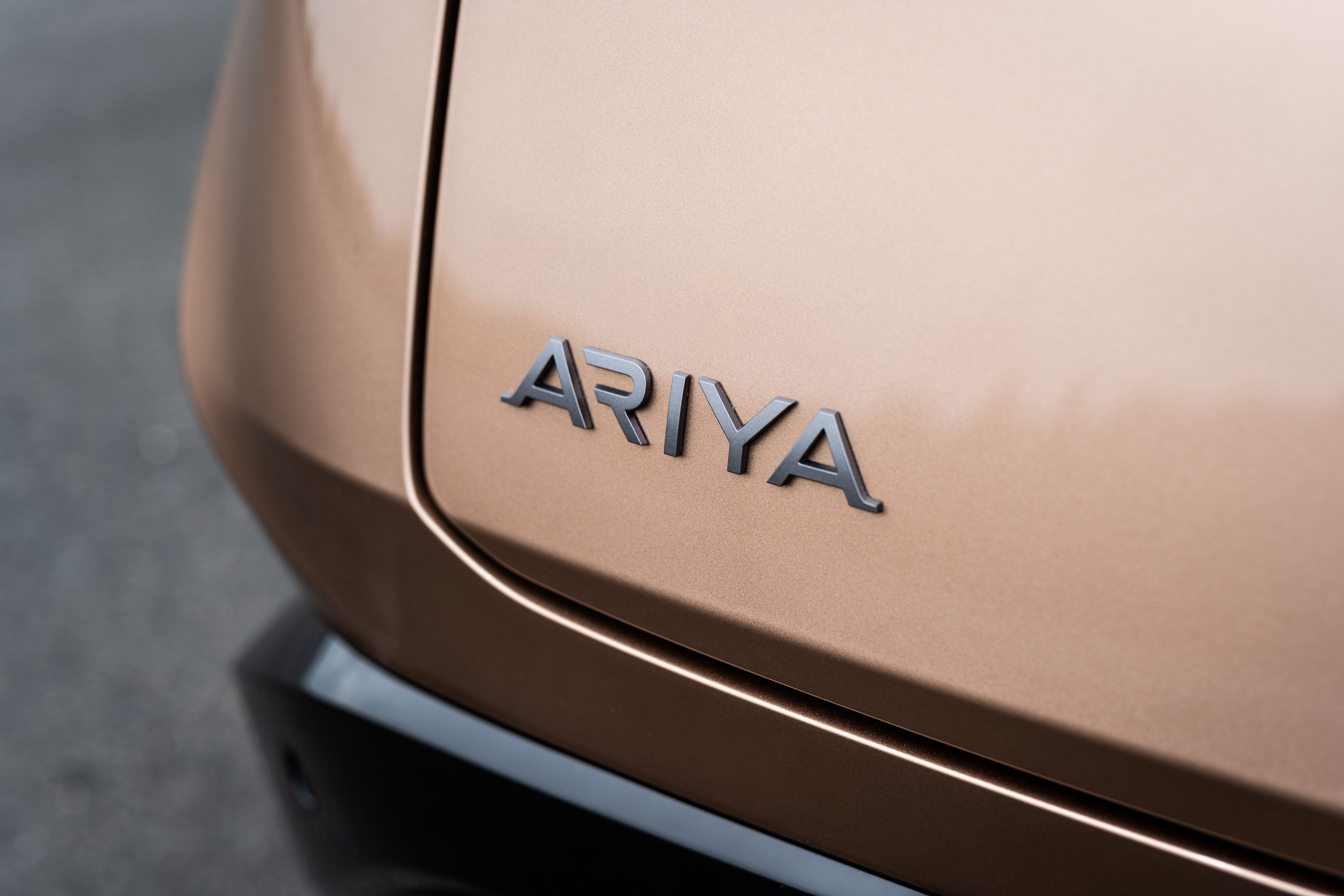
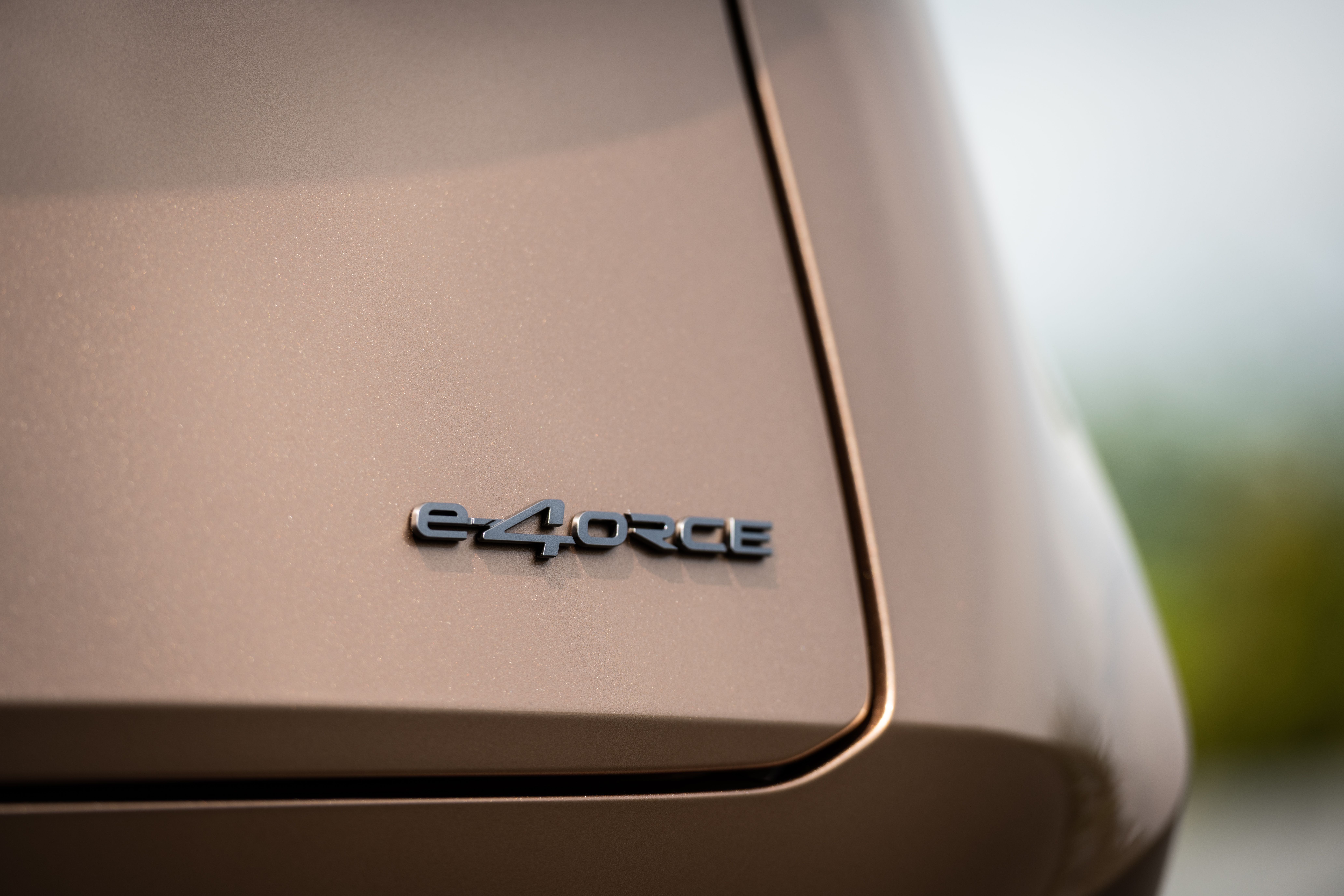
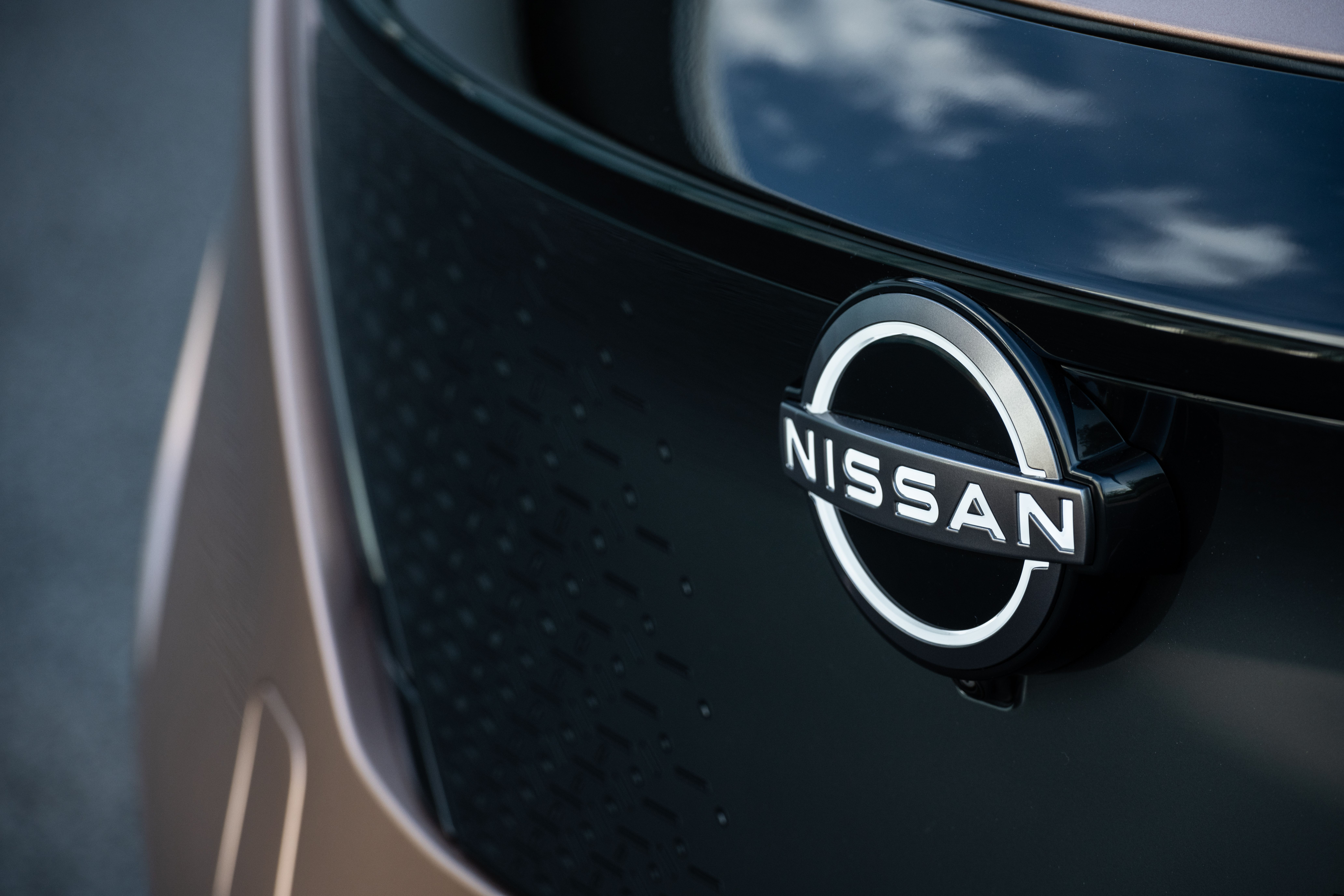
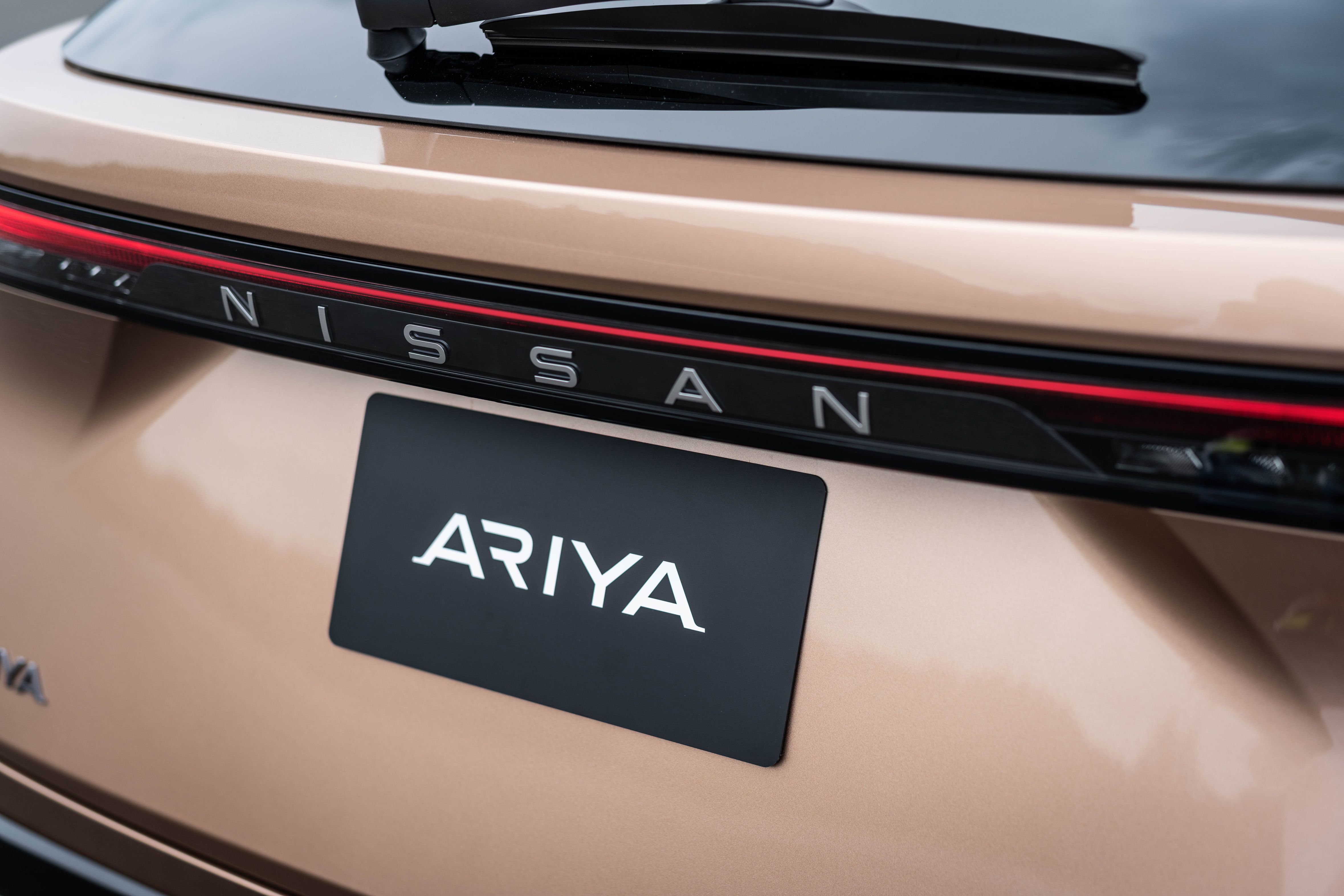
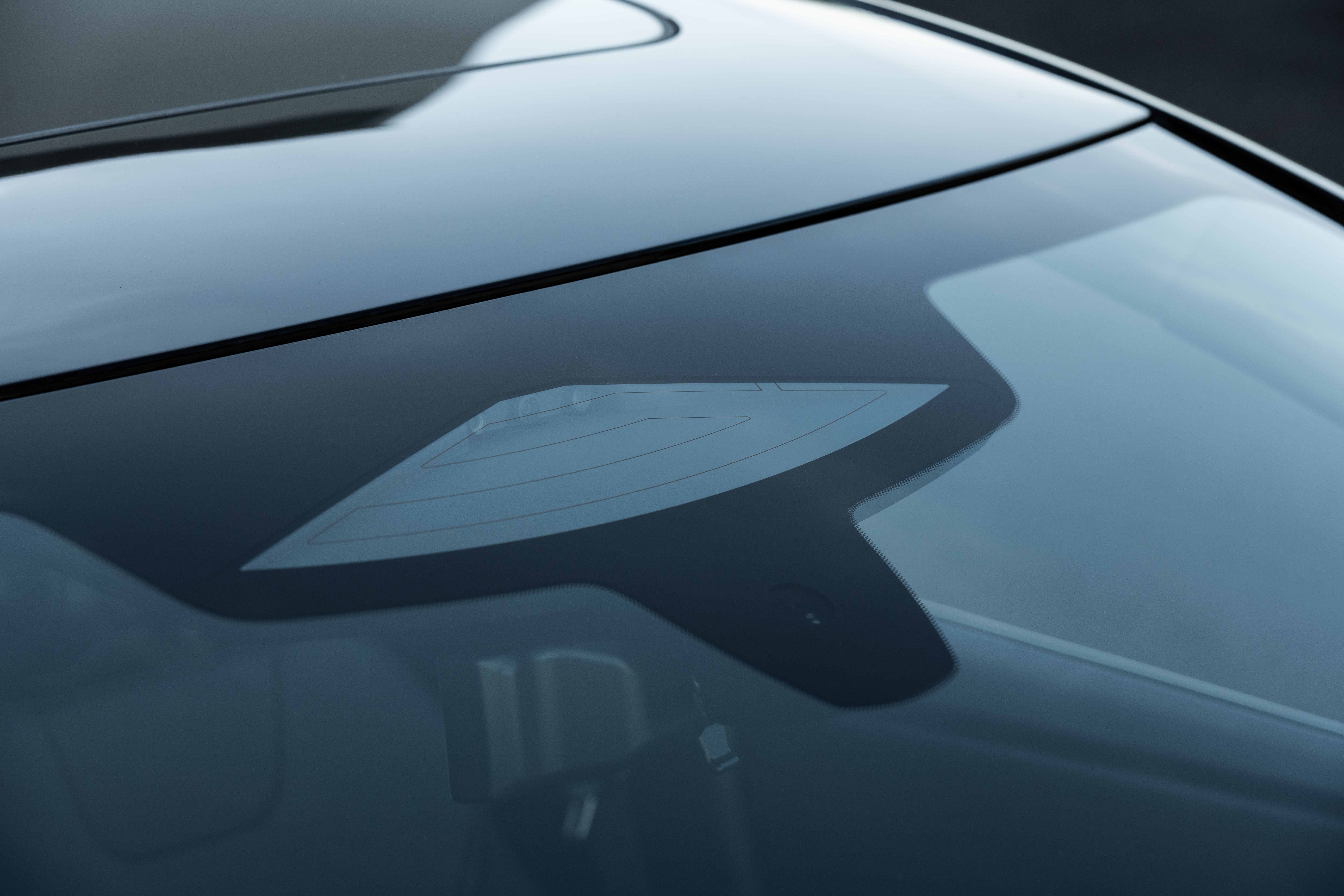
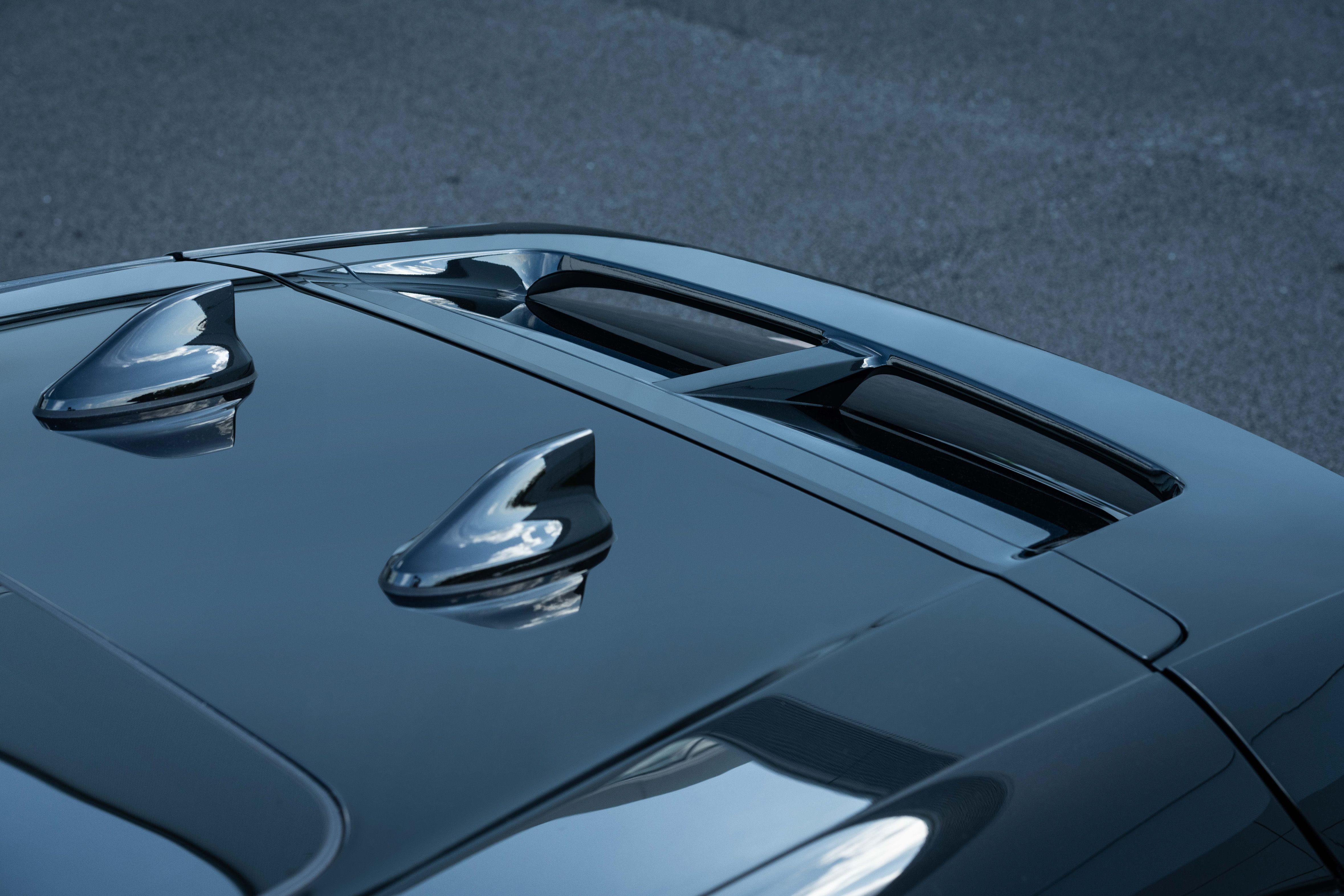
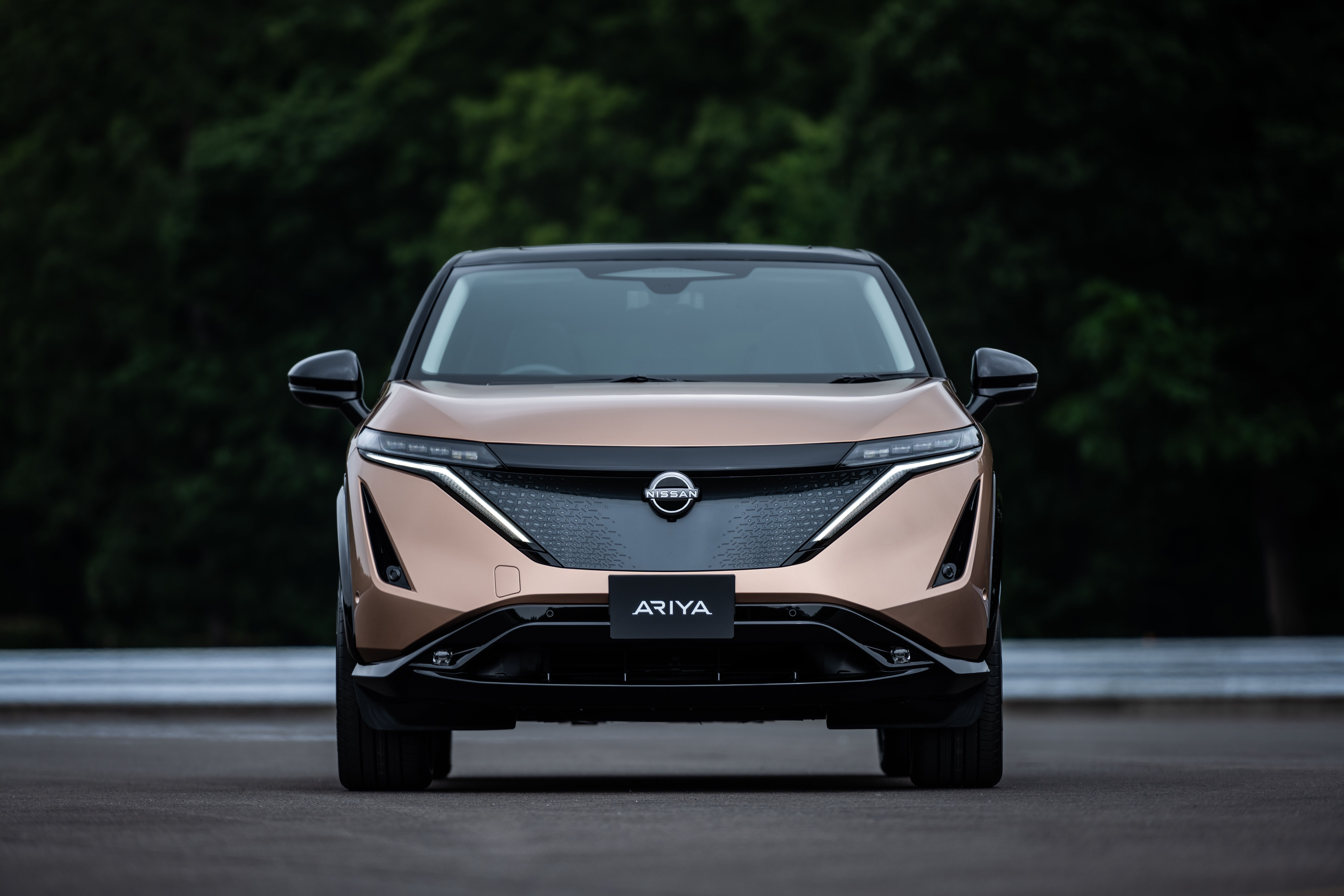
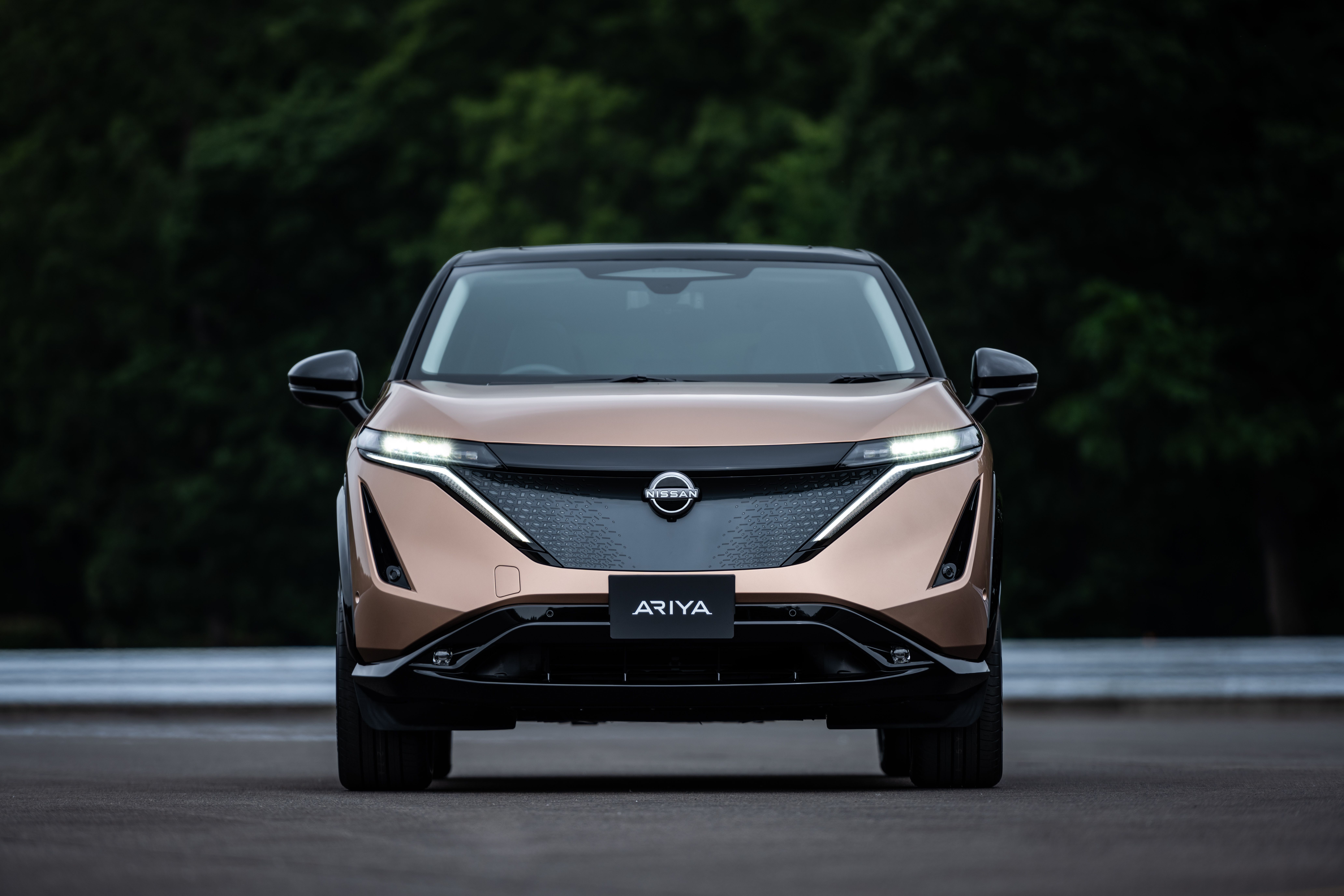
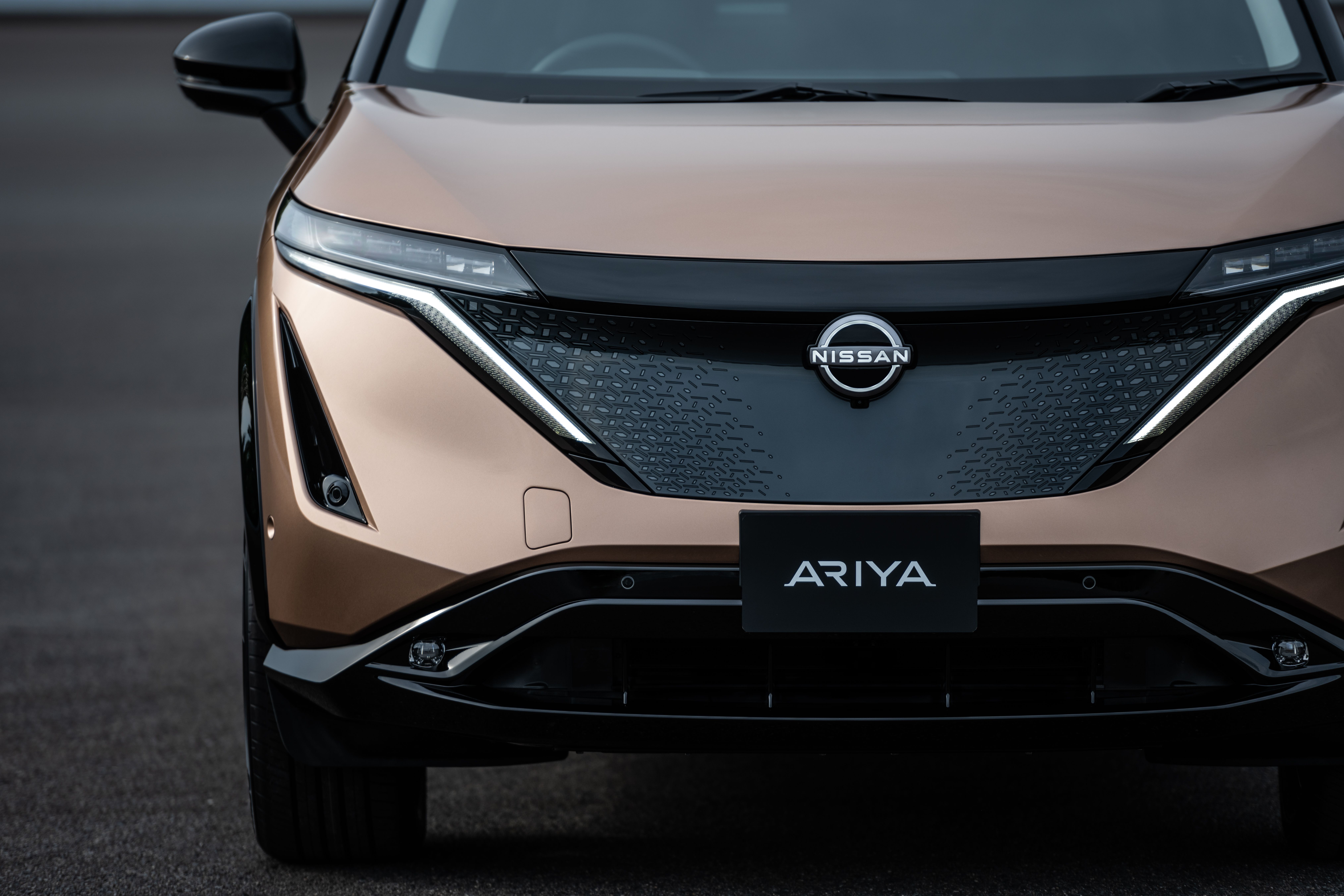
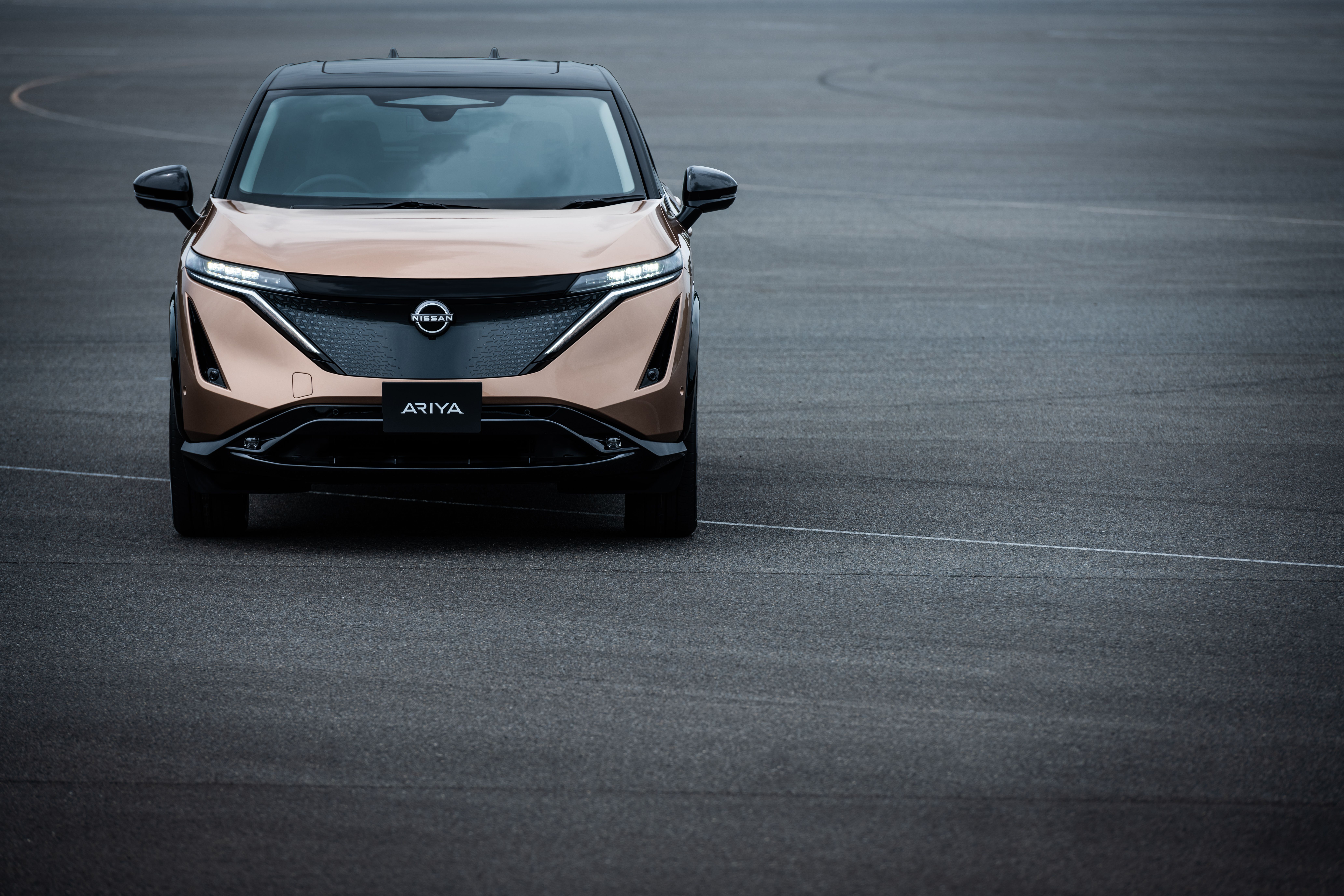
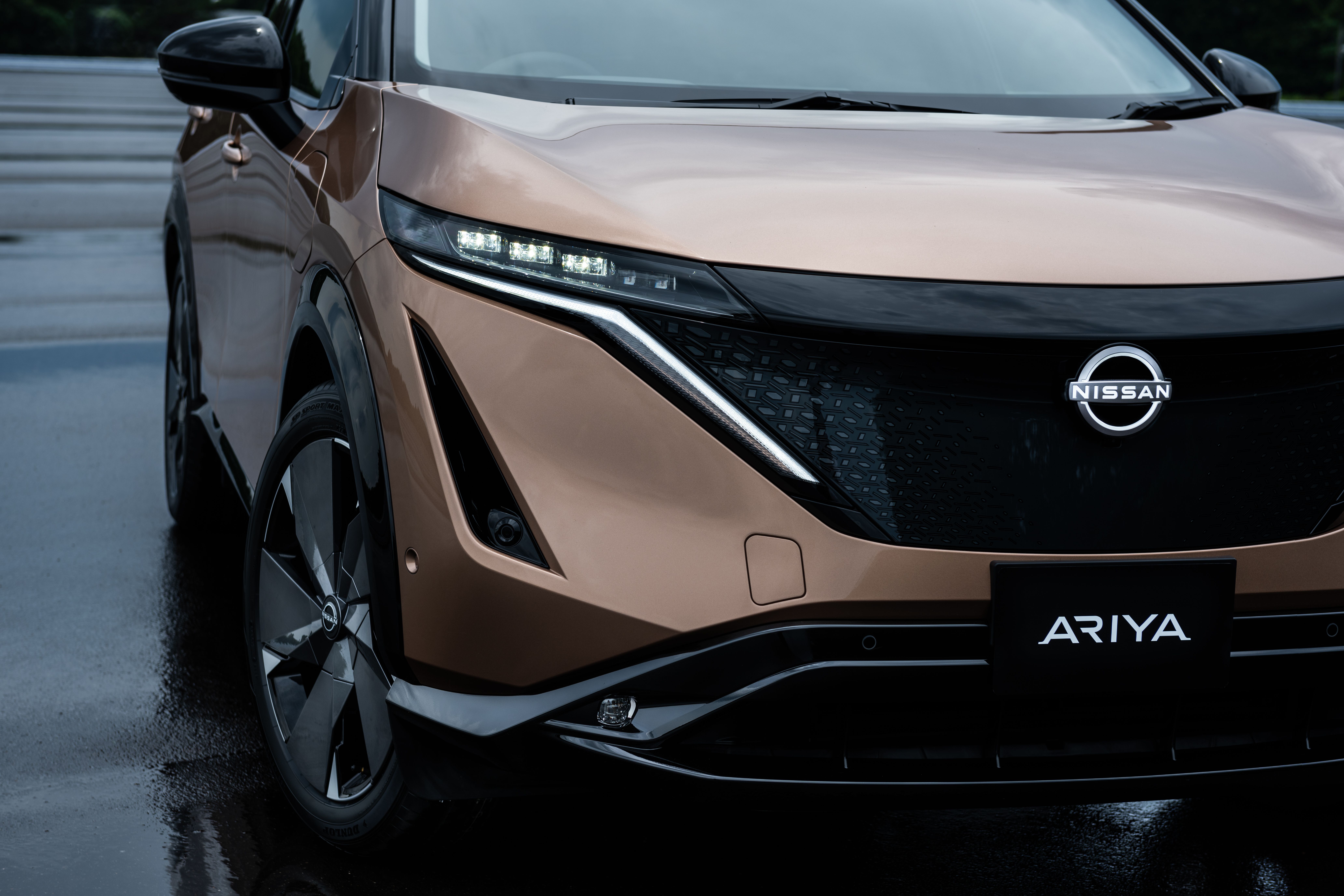
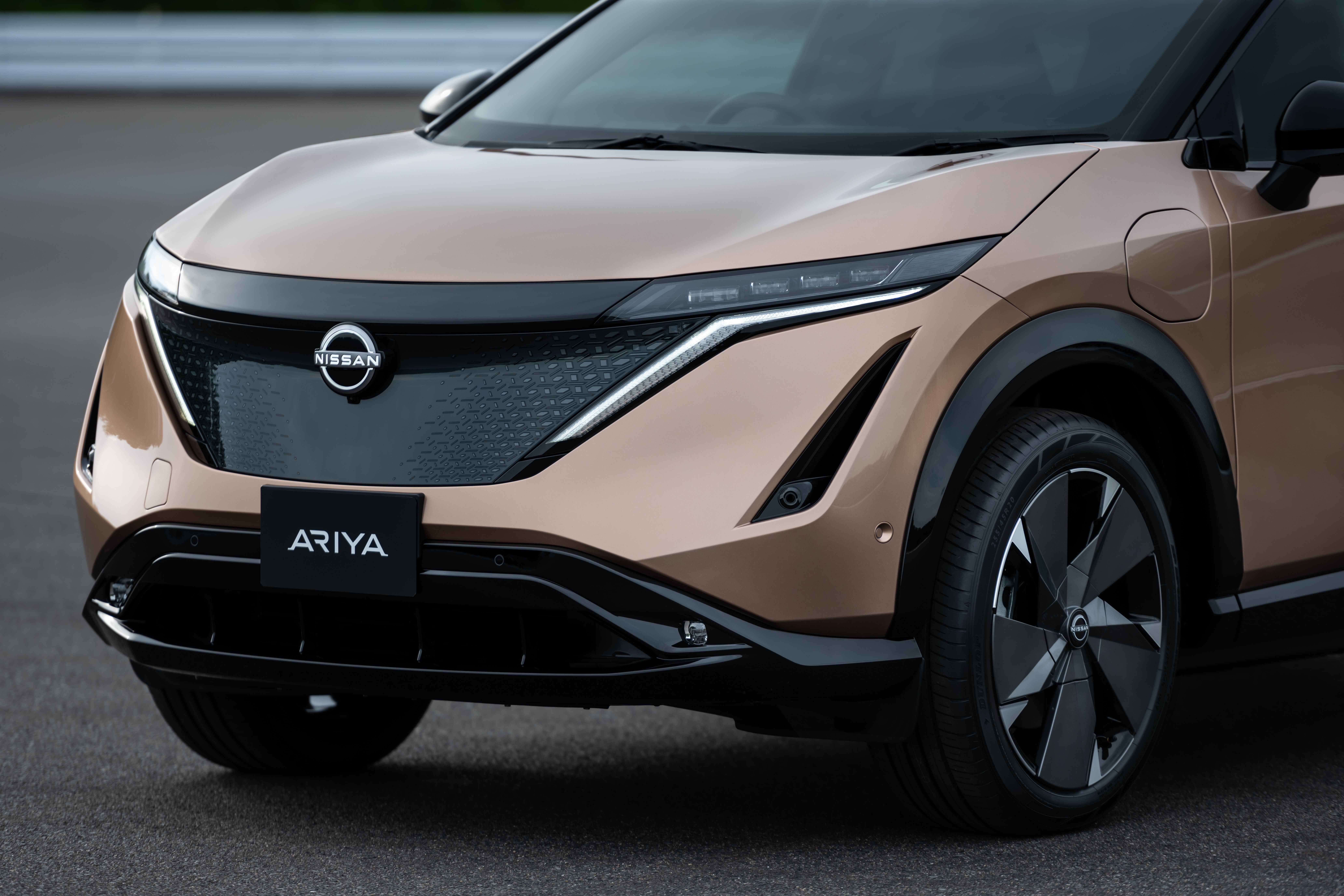
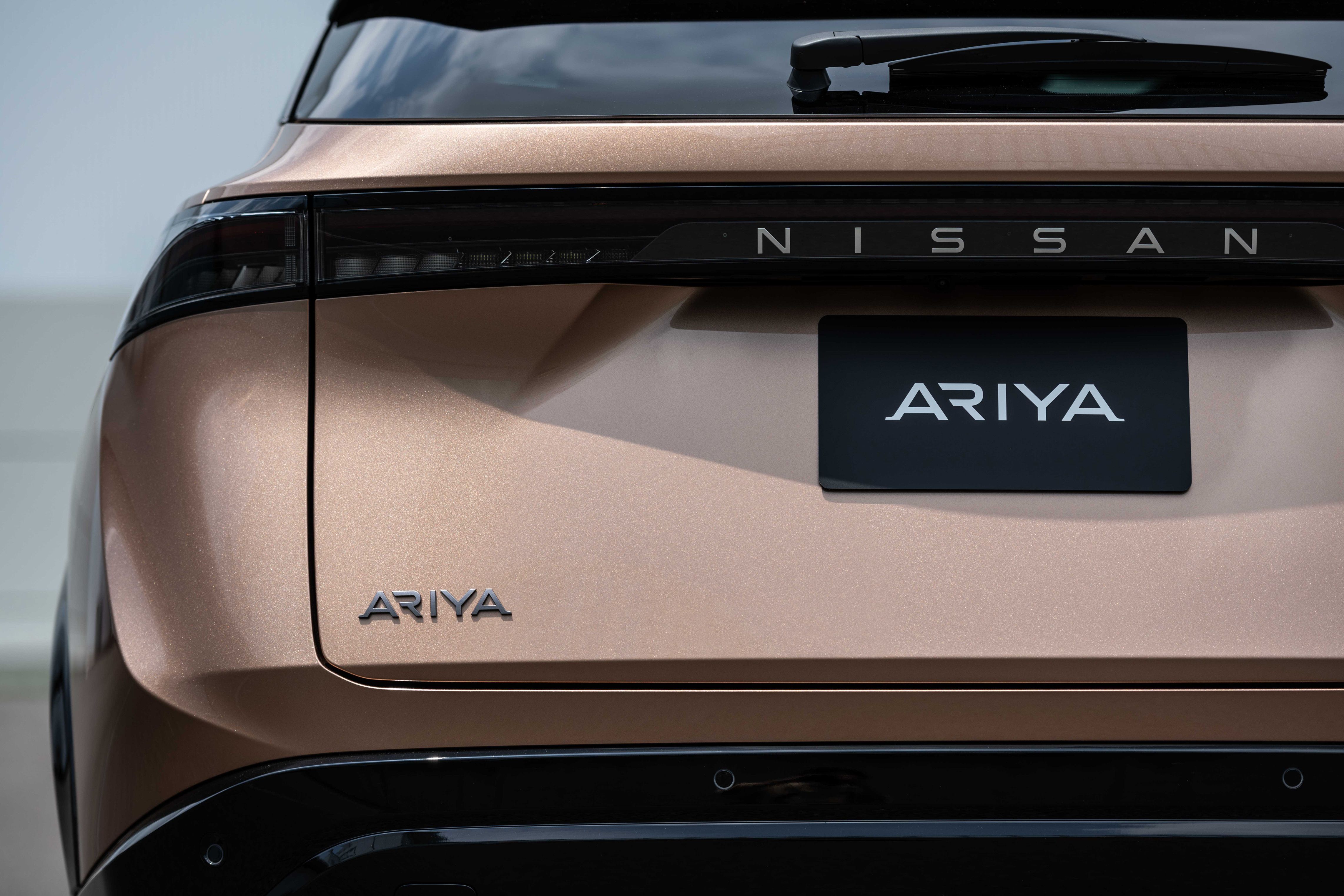
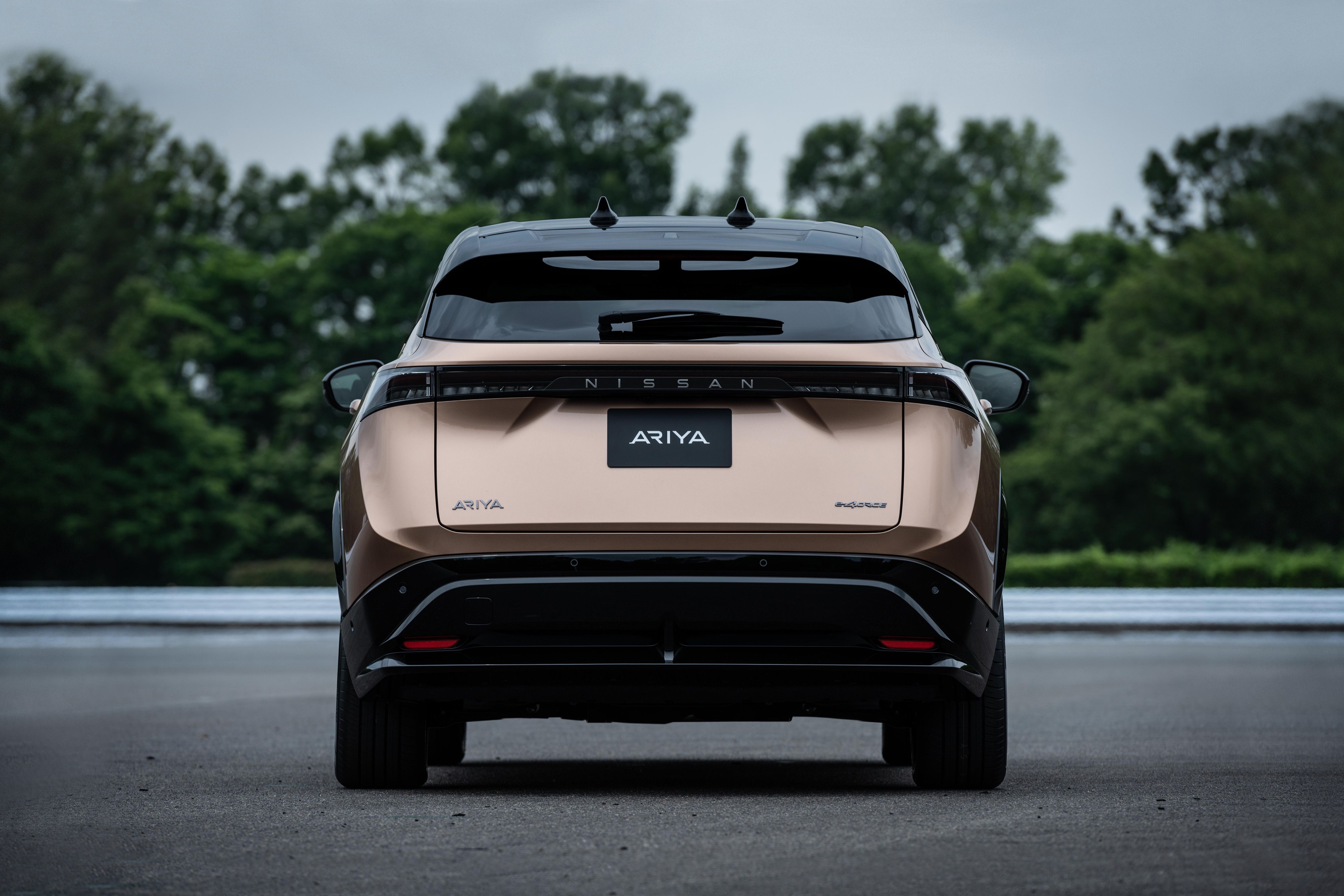
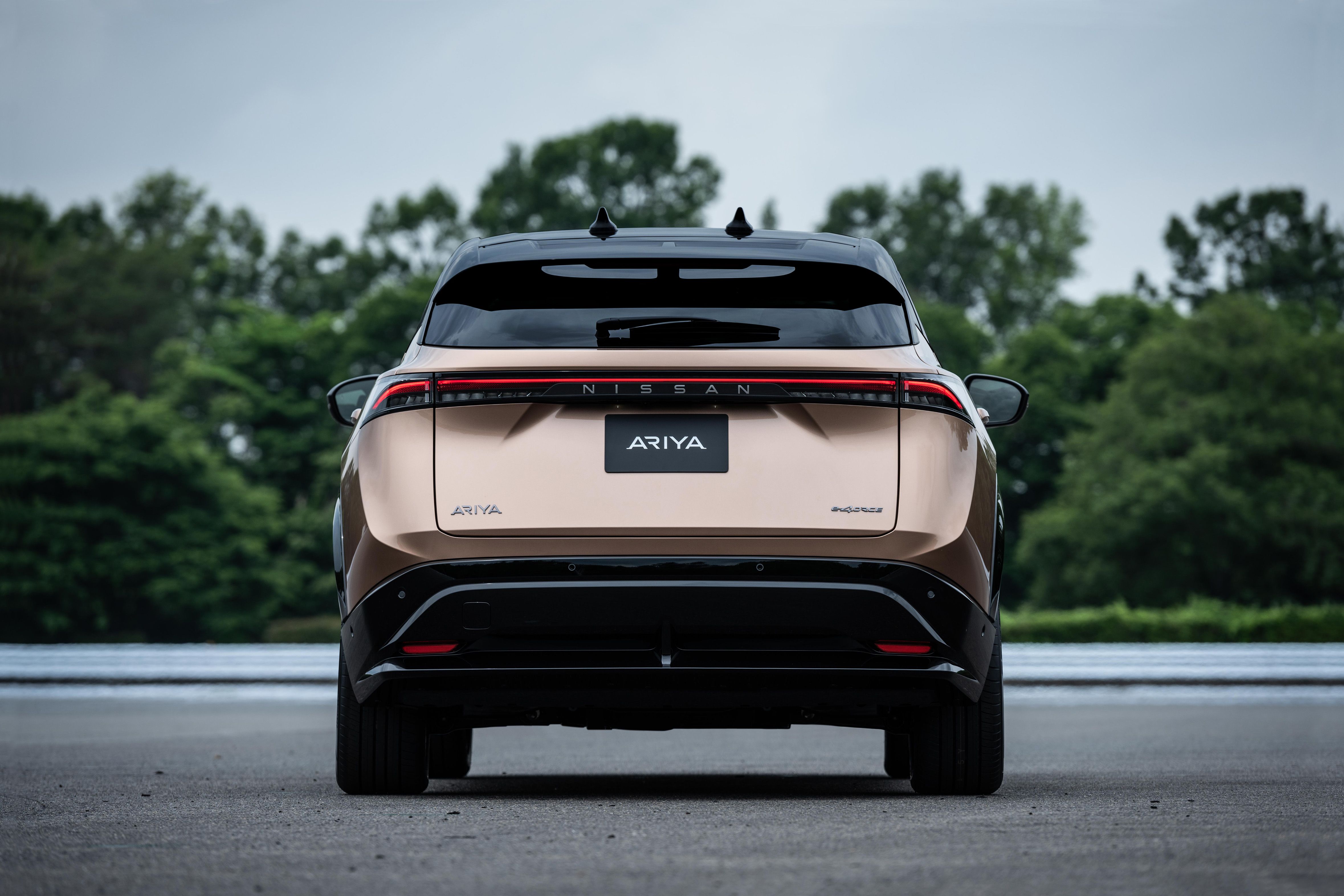
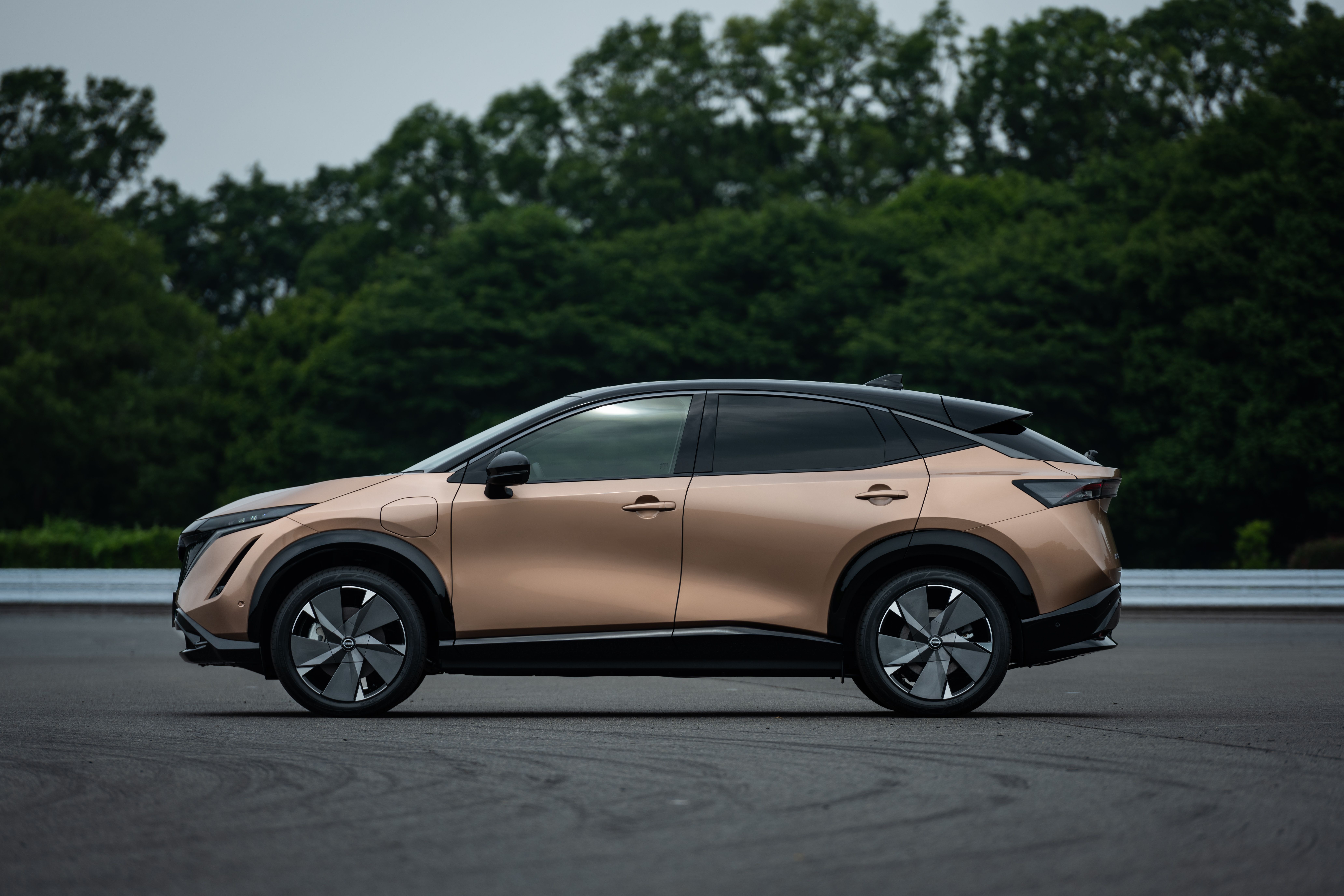
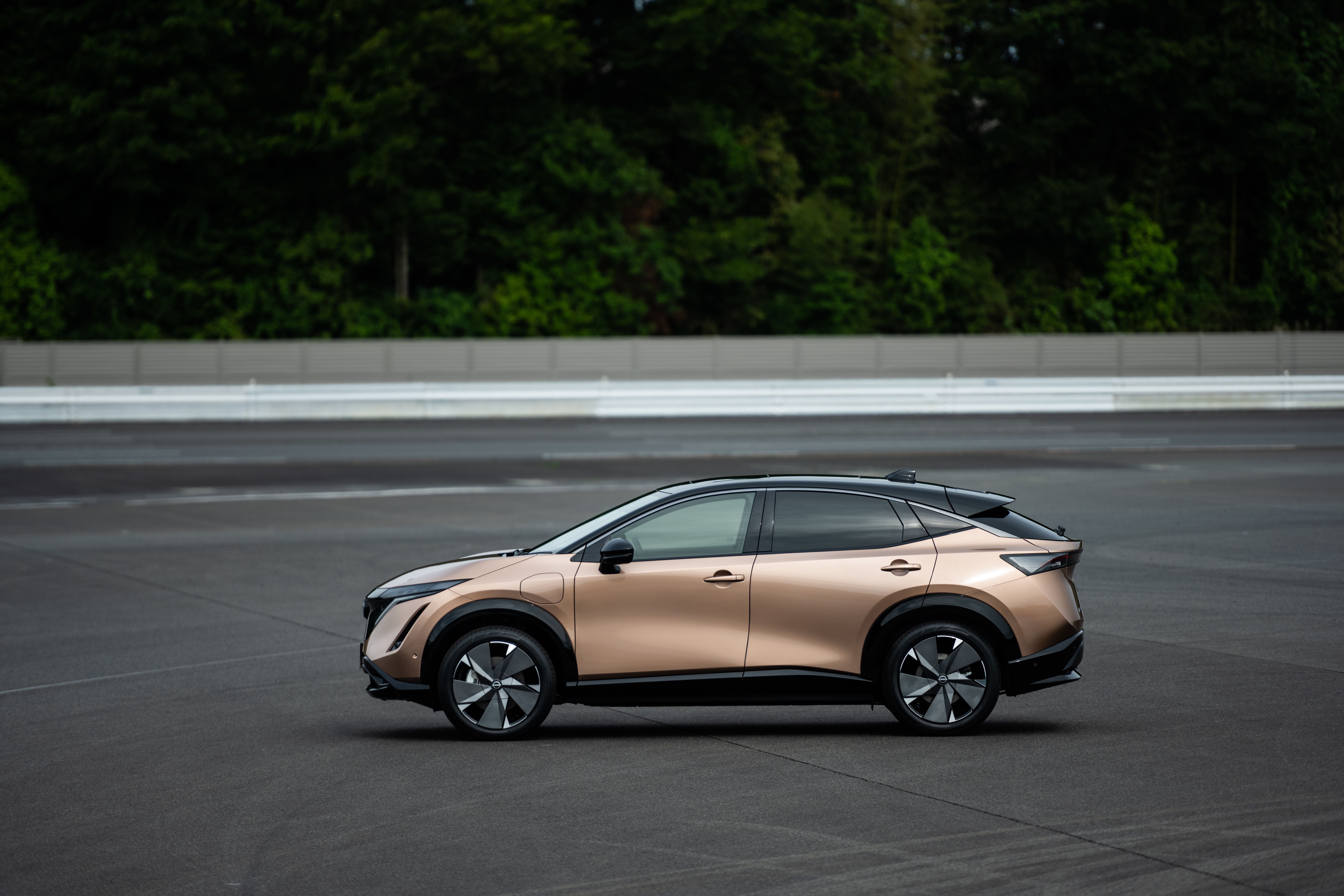
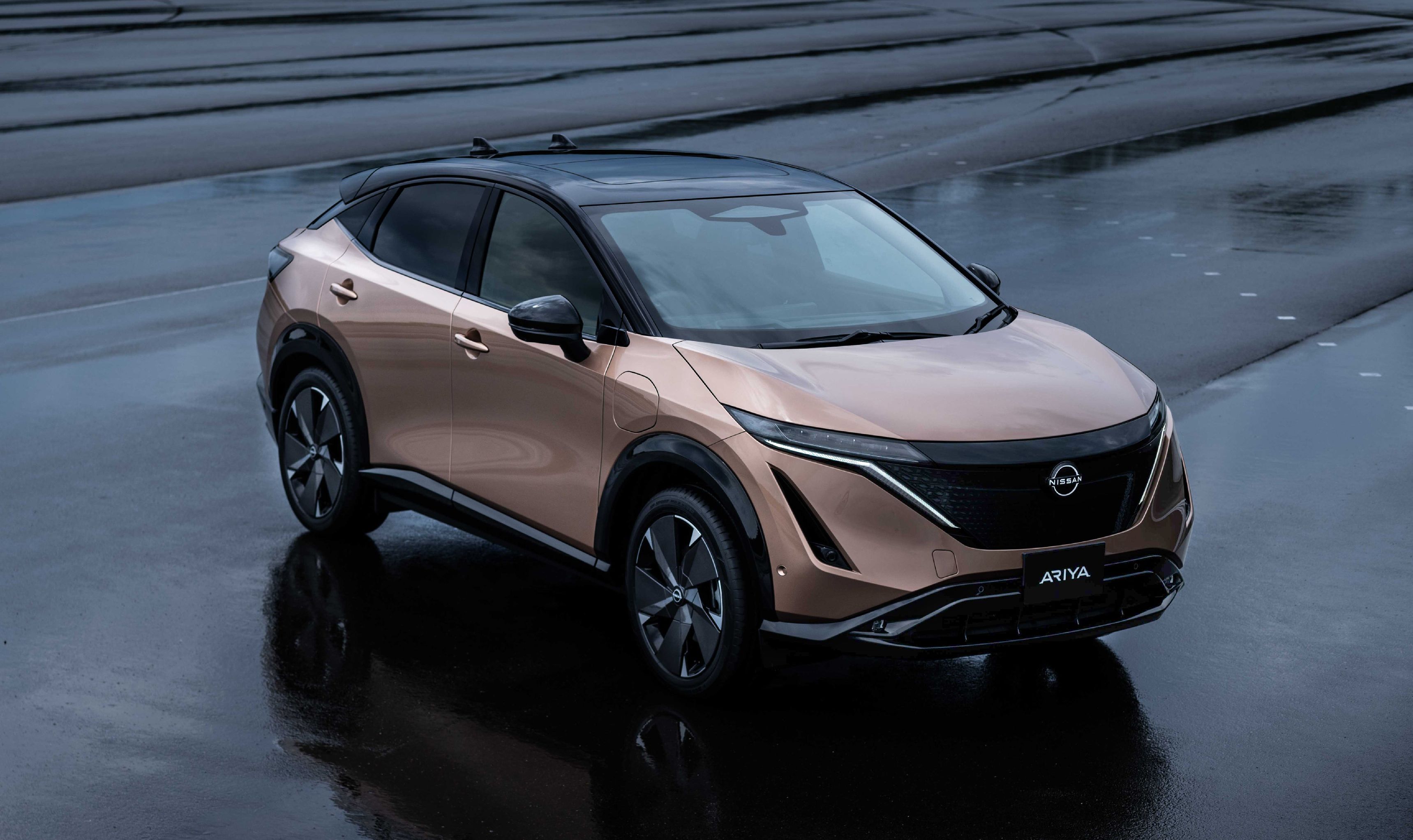
- Make: Array
- Model: 2021 Nissan Ariya
- [do not use] Vehicle Model: Array
2021 Nissan Ariya - Design

We know from Lexus and Mazda that there’s a lot of tradition that goes into the way their cars look. The same goes for the Nissan Ariya.

Although not the most original of choices, the LED lightbar that replaces the more conventional taillights balances out the sporty vibe given by the integrated rear wing. On the color front, the Ariya can be had with six-two tone paint combos (each offering a black roof) and three full-body hues. The highlight here is the Copper and Black two-tone pack - a nod to Akatsuki, which in Japanese corresponds to the moment just before the crack of dawn.

2021 Nissan Ariya exterior dimensions
|
Wheelbase |
109.3 in. |
|---|---|
|
Overall length |
182.9 in. |
|
Overall width |
74.8 in. |
|
Overall height |
65.4 in. – 65.7 (depending on roof rack) |
|
Wheel size |
19-inch or 20-inch |
|
Tire size |
235/55R19 or 255/45R20 |
2021 Nissan Ariya - Powertrain

Two battery packs are available for the Nissan Ariya. The standard one is rated at 63 kWh, while the large one offers 87 kWh of juice. Nissan doesn’t say how much range you can get on a single charge with the smaller battery pack, but should you opt for the 87 kWh one with the AWD configuration - its range is 300 miles.
Speaking of AWD, this is where Nissan is bringing all the lessons it learned with torque splitting inside the GT-R (yes, that GT-R) via the so-called e-4ORCE setup (you can pronounce it e-FORCE, by the way). >
Unfortunately, there’s no word on specs such as horsepower or torque, but we do estimate that the AWD Nissan Ariya can go from zero to 60 mph in about five seconds. Everything else remains to be seen when Nissan sees fit to release such data.
2021 Nissan Ariya specifications Drive configuration
Front-wheel drive or e-4ORCE all-wheel drive
Platform
Newly developed Alliance CMF-EV
Powertrain
Single (FWD) / dual (e-4ORCE AWD) electric motor, Externally Excited Synchronous Motor (EESM)
Battery capacity
63 kWh / 87 kWh usable (total 65 kWh / 90 kWh)
Thermal management
Active battery management system
Estimated range
Up to approximately 300 miles (preliminary Nissan estimate)
Level 2 charging
Up to 7.2 kW
DC charging type
CCS standard up to 130 kW
Output
160 kW – 290 kW
Torque
221 lb-ft – 443 lb-ft
As with every modern car these days, there are no physical buttons or knobs inside the Ariya. Climate control features are grouped into a wooden center dashboard as capacitive haptic switches. Screen-wise, there’s a central 12.3-inch display mounted on the dashboard as well as a digital 12.3-inch instrument cluster feeding the driver with relevant info. Otherwise, the cabin is uncluttered with useless lines and trim elements that would otherwise take a bit out of the intended relaxed cabin atmosphere.
In charge of the wellbeing of drivers and passengers is Nissan’s ProPilot Assist 2.0 suite of features and safety systems already available on the likes of LEAF, Altima, and Rogue, but further improved. For example, 2.0 can perform multi-lane highway maneuvers such as lane changes, passing, and exiting.
What’s more, the system can detect the road type (highway, A-road, B-road) based on the navigation setup and the 3D map data. This allows the car to auto adjust its speed when passing through various road sections with different speed limits. At the same time, a driver monitoring system makes sure whoever sits behind the wheel is paying attention to what’s happening around the car even when his or her hands are not on the steering wheel.
Of course, the Ariya does feature more pedestrian safety features, too, as part of the Nissan Safety Shield 360 suite:
-* Automatic Emergency Braking with Pedestrian Detection
-* Blind Spot Warning
-* Rear Cross Traffic Alert
-* Lane Departure Warning
-* High Beam Assist
-* Rear Automatic Braking
Those interested in connectivity should know that the Ariya supports wireless Apple CarPlay and Android Auto. Amazon Alexa is also present, letting you play music, place calls and whatnot with nothing but voice commands.
Scheduled to go on sale in late 2020, the XC40 Recharge hopes to lure EV nuts with an all-wheel-drive electric powertrain good for 408 horsepower. That’s enough to let the crossover zap from zero to 60 mph in 4.7 seconds at the expense of 200+ miles worth of range.
A 78-kWh battery pack allows the all-electric XC40 to charge to 80-percent in 40 minutes when plugged in to a 50-kW a fast-charging outlet. There’s no word on how much the XC40 Recharge will cost, but the starting sticker should be in the ballpark of $40,000+, with better-equipped versions demanding north of $50,000.
Read our full review on the Volvo XC40 Recharge
The Model Y is the champion of range in this segment. AWD Long Range and Performance Model Ys return 316 and 315 miles, respectively, on a single full charge. So far, Tesla is only offering a dual-motor setup on the Y, but single-motor variants are incoming, we’re told.
The Long Range ($51,190) makes 384 horsepower and 376 pound-feet of twist, while the Performance ($61,190) ups the ante with 456 horsepower and 497 pound-feet of twist, performances which are good for a 0-60 mph time of 4.5 seconds. We know Tesla makes a strong selling point from its cars’ performance credentials, so customers can also pick the Performance Upgrade Package for the Model Y Performance. This lowers the suspension, adds 21-inch wheels, performance brakes, and bumps the top speed to 155 mph. Mind you, though, range takes a plunge from 315 miles to 280 miles in the process.
Read our full review on the Tesla Model Y
The Audi Q4 e-tron isn’t quite here yet, but when it finally arrives, it will be a direct competitor for the Nissan Ariya. This is Audi’s fourth EV and it’s slated to go into production by the end of 2020. The Q4 e-tron will pack a two-motor powertrain - which each electric motor powering one axle - for a grand total of 300 horsepower.
As a result, 0-60 takes 6.3 seconds, while the 280-mile range is possible with the help of a 82-kWh battery pack. Not much else is known about the Q4 e-tron, but expect a tech-ladden interior that’s also bound to ooze minimalism and top-notch material quality. Prices should range between $45,000 (the base price communicated by Audi) and $55,000 (our estimate), depending on trim levels.
Read our full review on the Audi Q4 e-tron
Make no mistake, the EV crossover segment is developing rapidly and before anything, it is bound to become the same cutthroat arena that is its ICE-powered alter ego. People still love SUVs in all shapes and sizes and this is where carmakers are applying pressure to make sure their EVs are well received, at least until the movement gains even more momentum.
Coming back to the Ariya, it's nice that Nissan went with a wacky design instead of settling for bland cues. On the powertrain front, its experience with the LEAF should prove quintessential in the hunt for new customers and EV adopters, but the competition will be stiff. We'll know more about the segment's winners and losers in a couple of years, though, when the first relevant sales figures will be out.

2021 Nissan Ariya - Interior and Tech



2021 Nissan Ariya - Competition
Volvo XC40 Recharge
Tesla Model Y
Audi Q4 e-tron
Final Word


